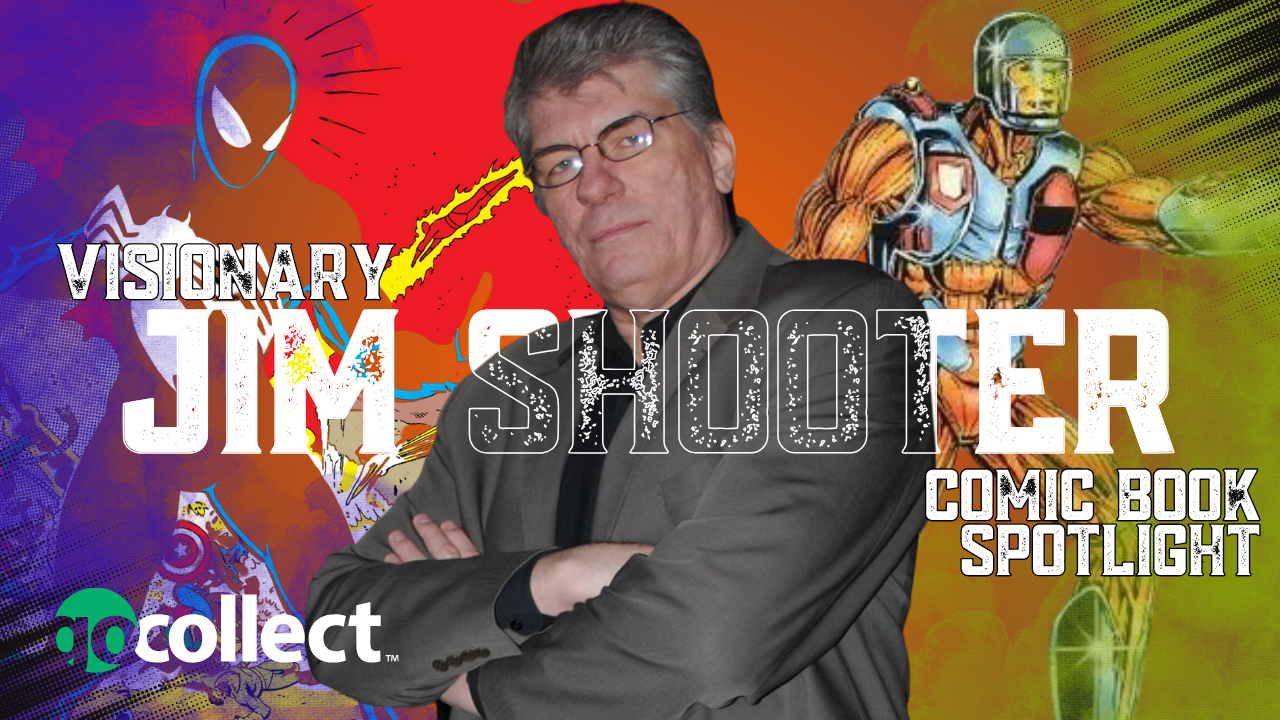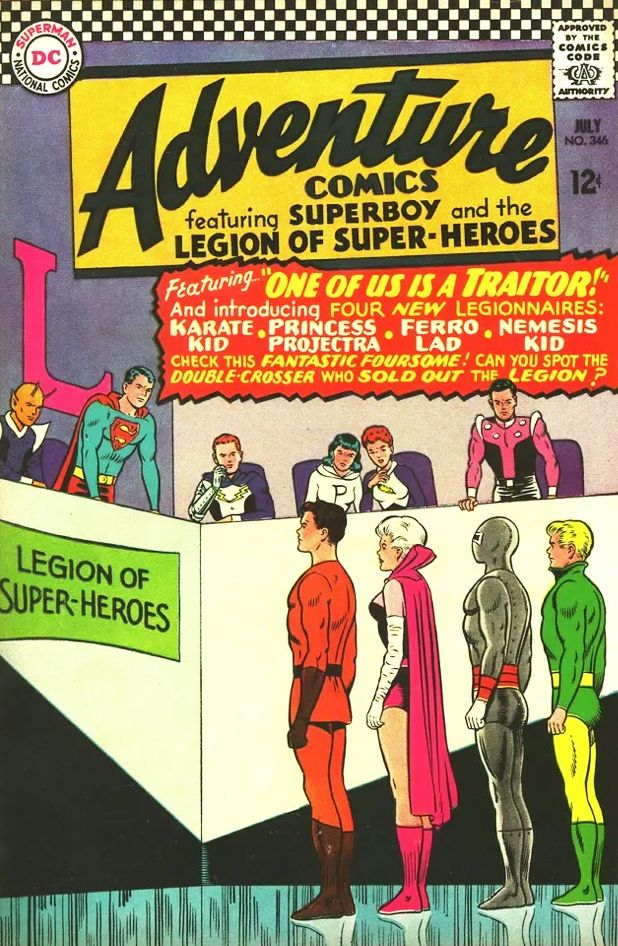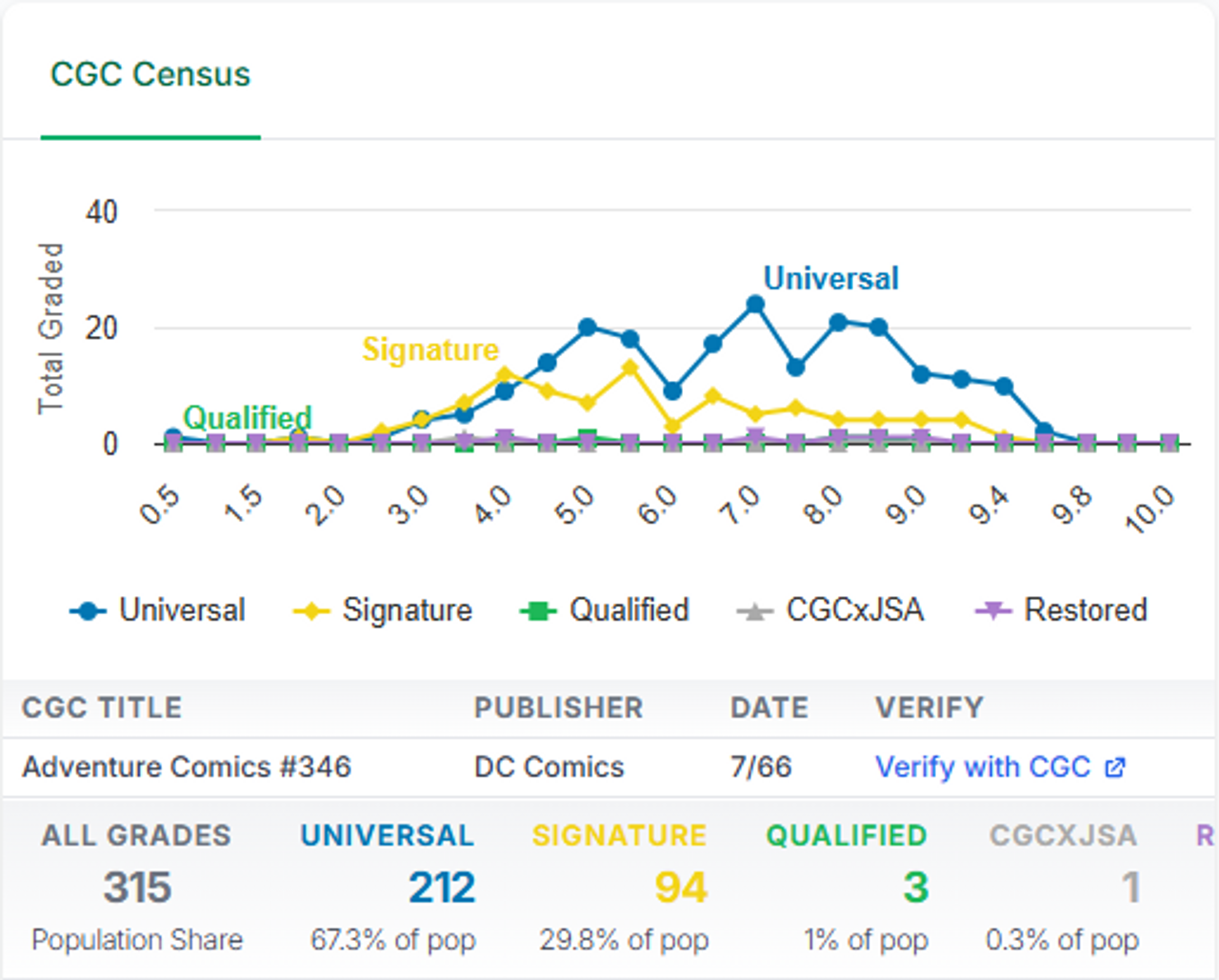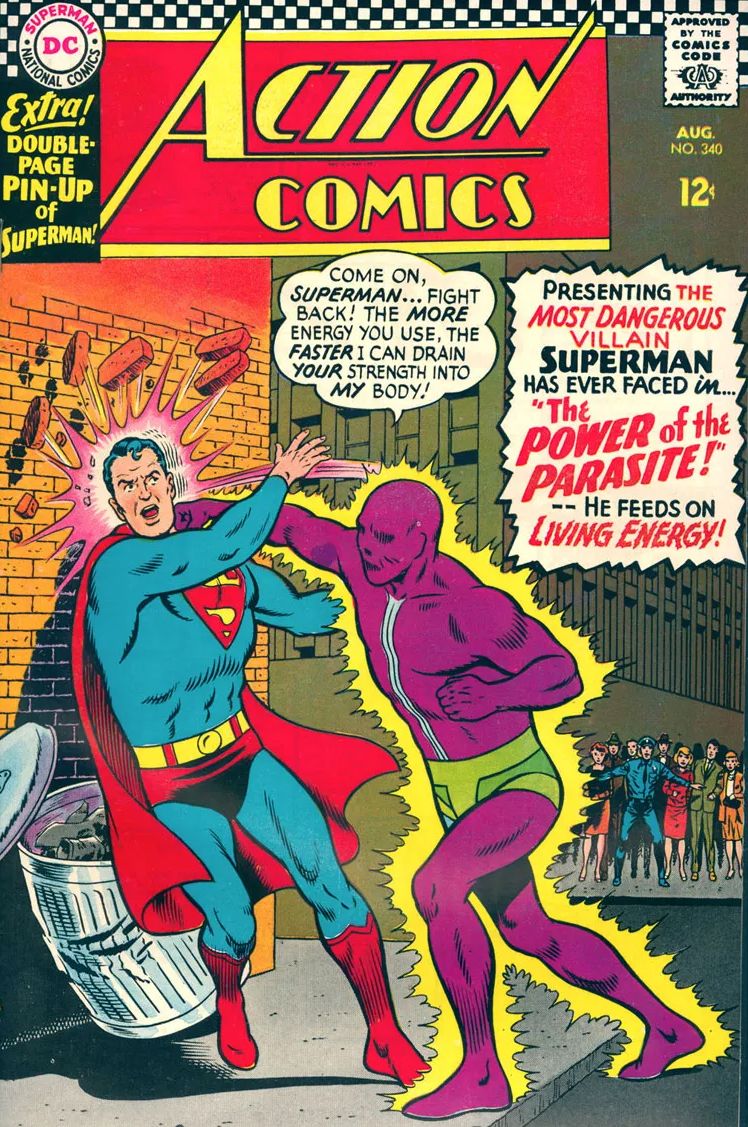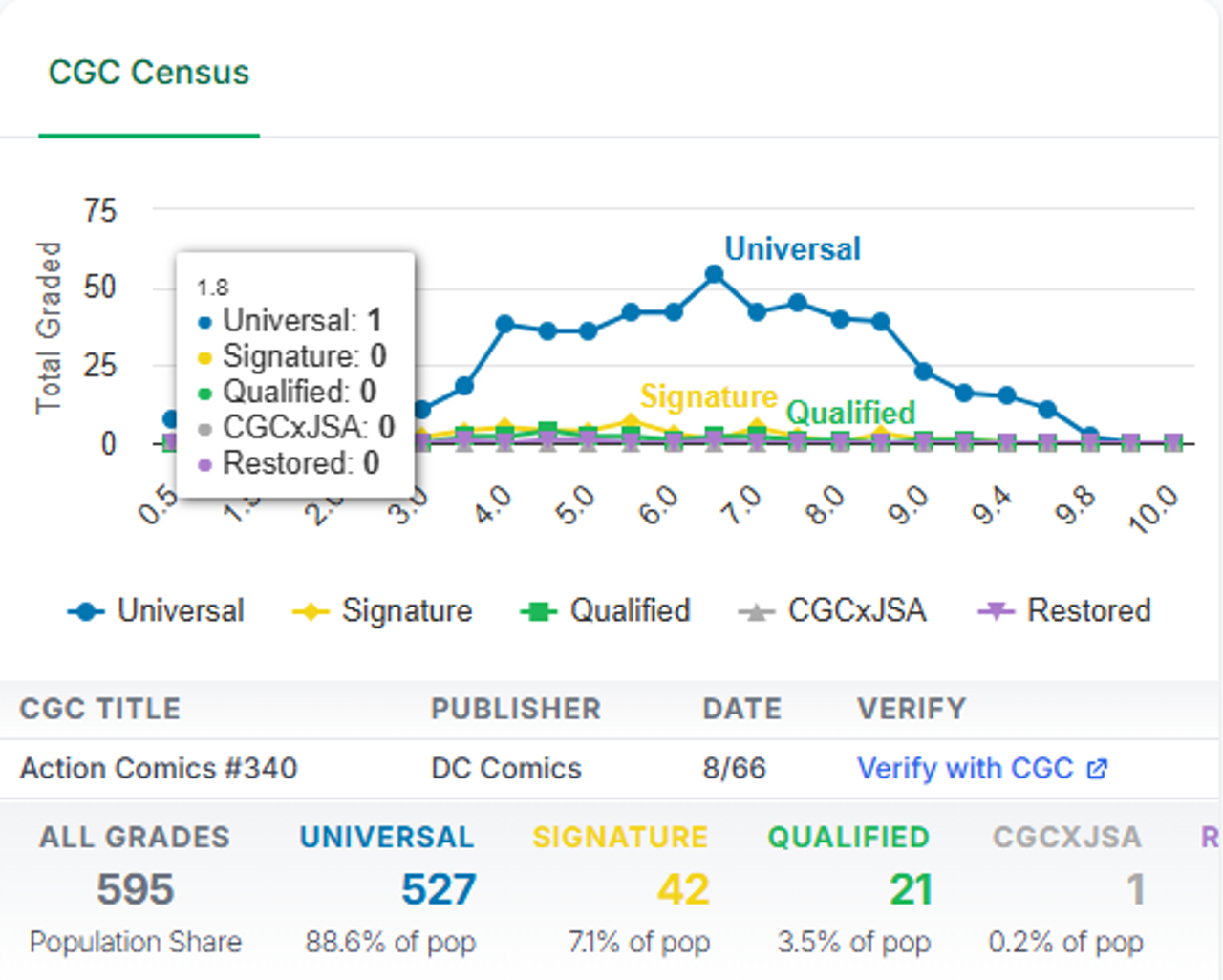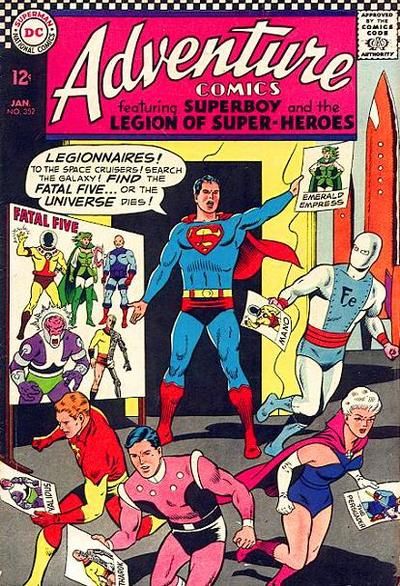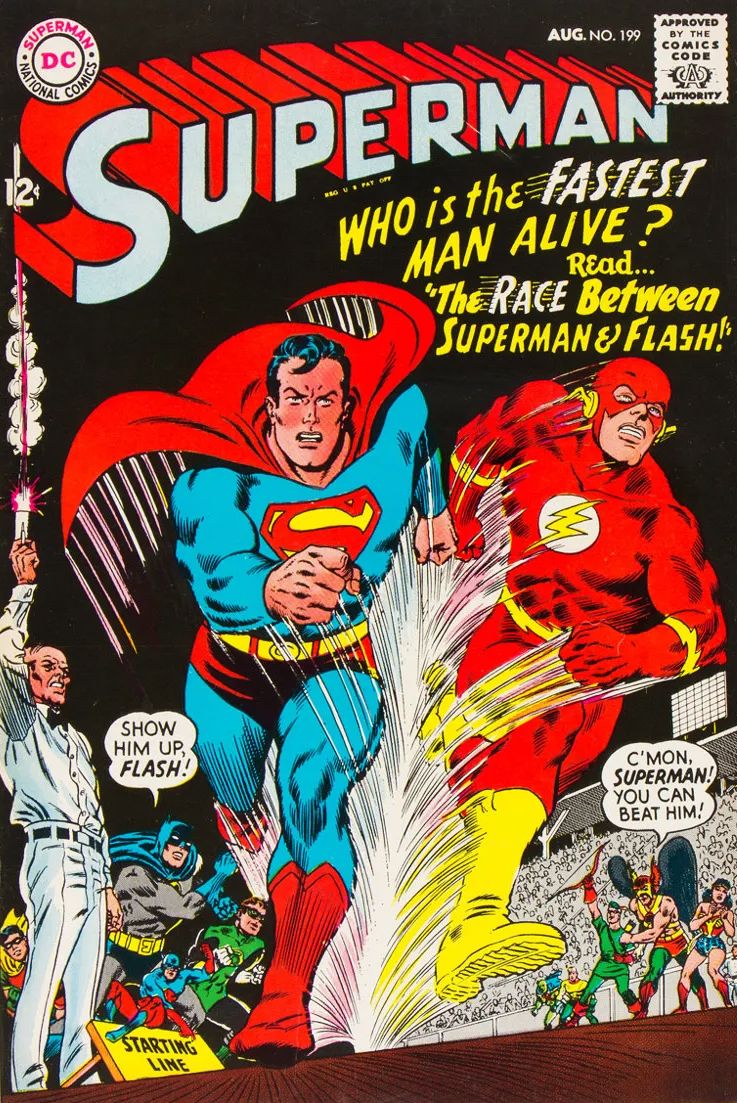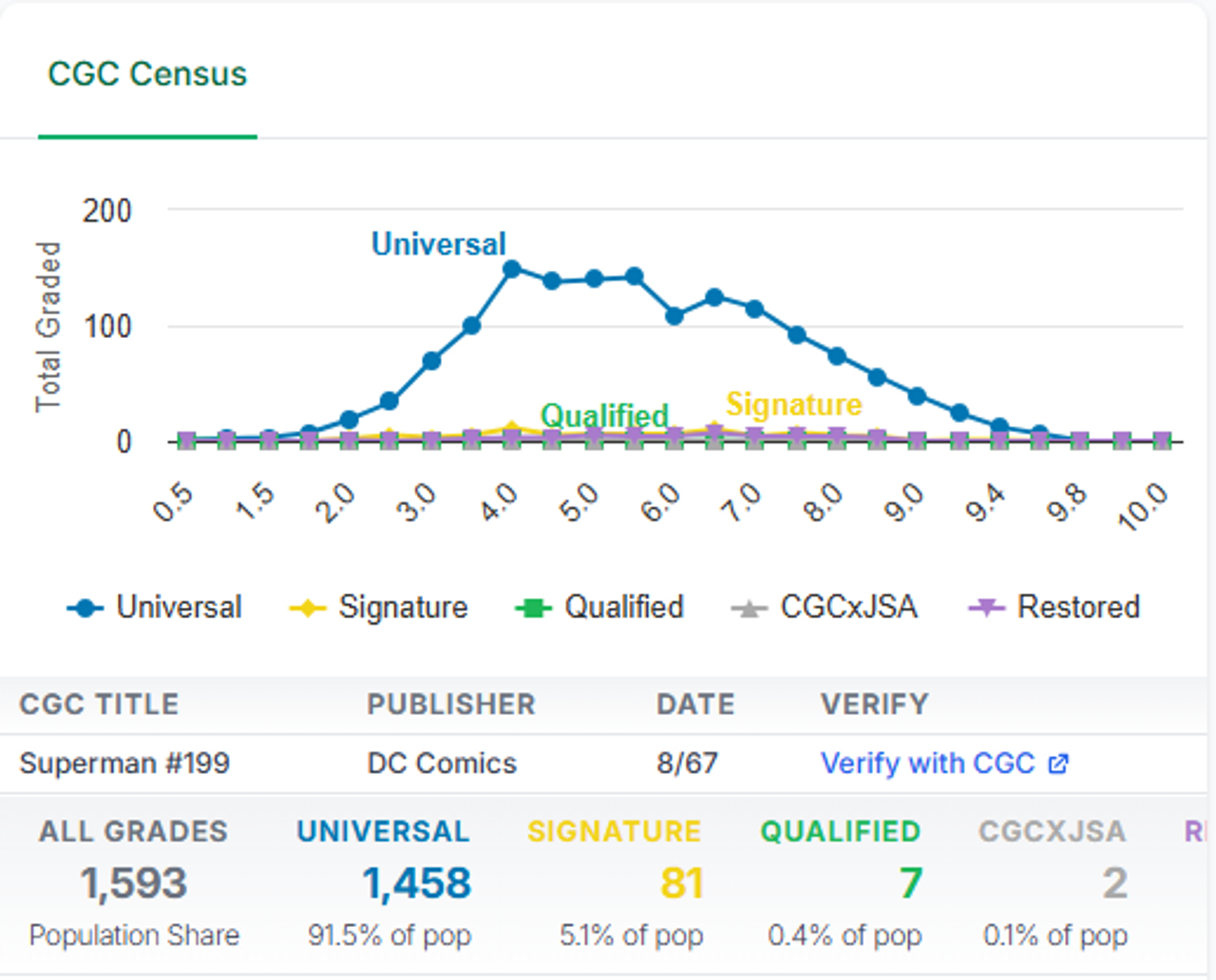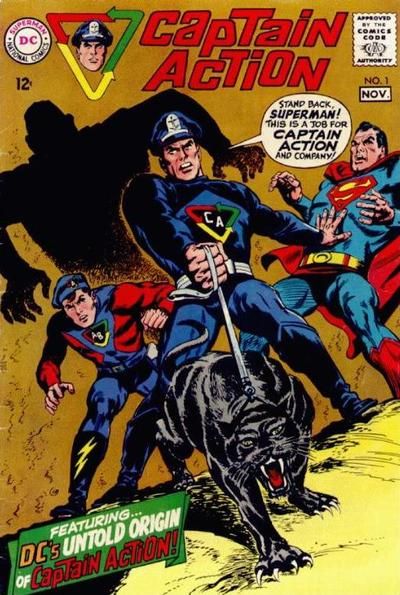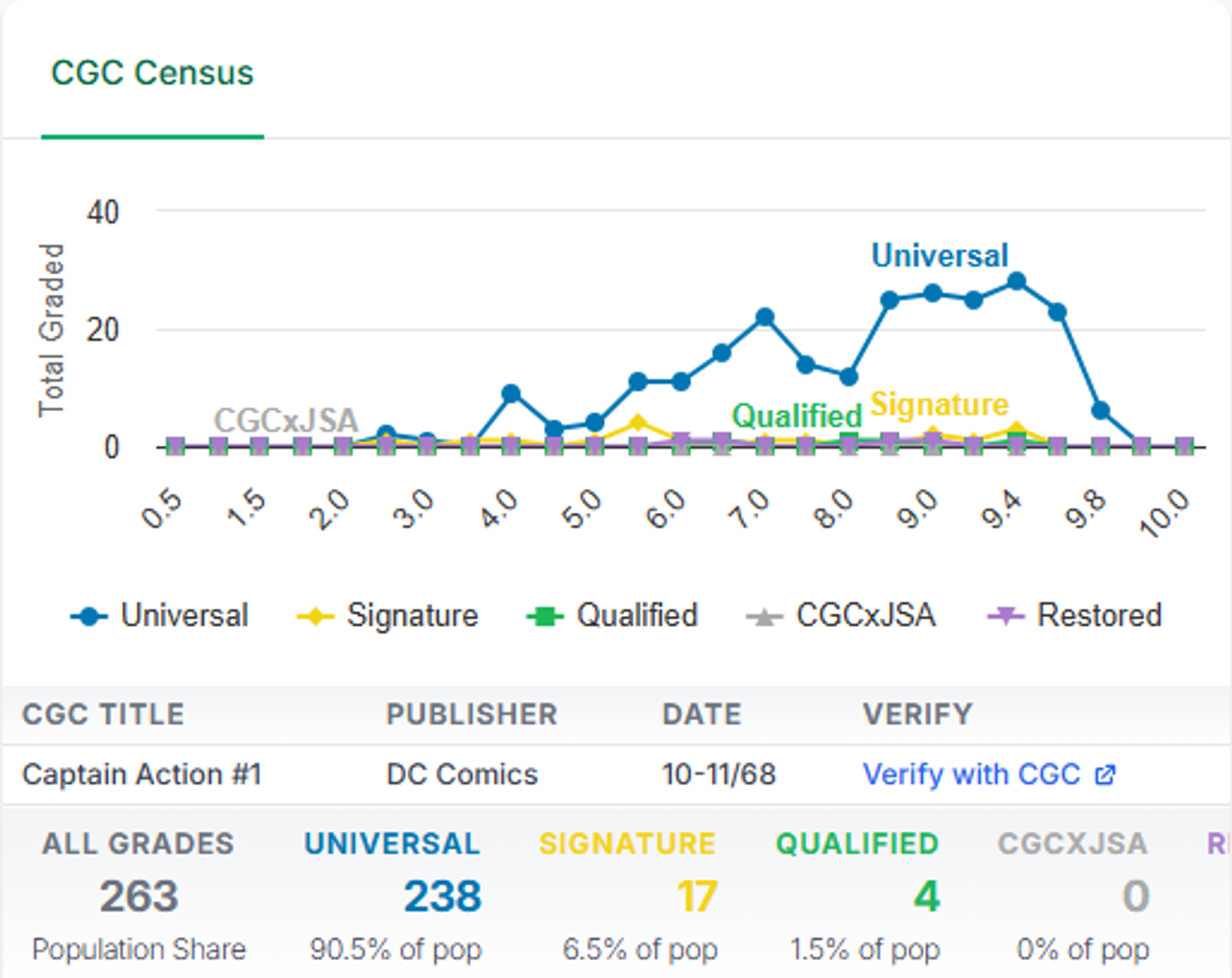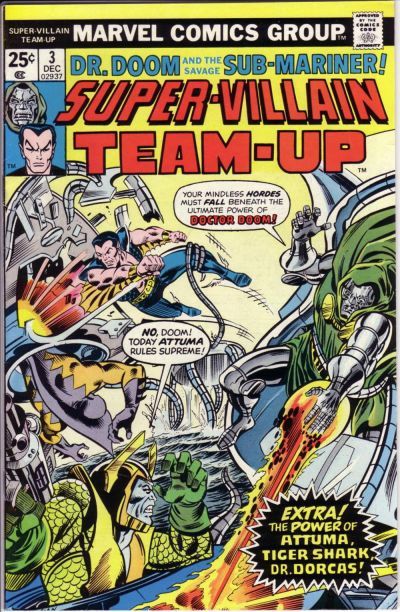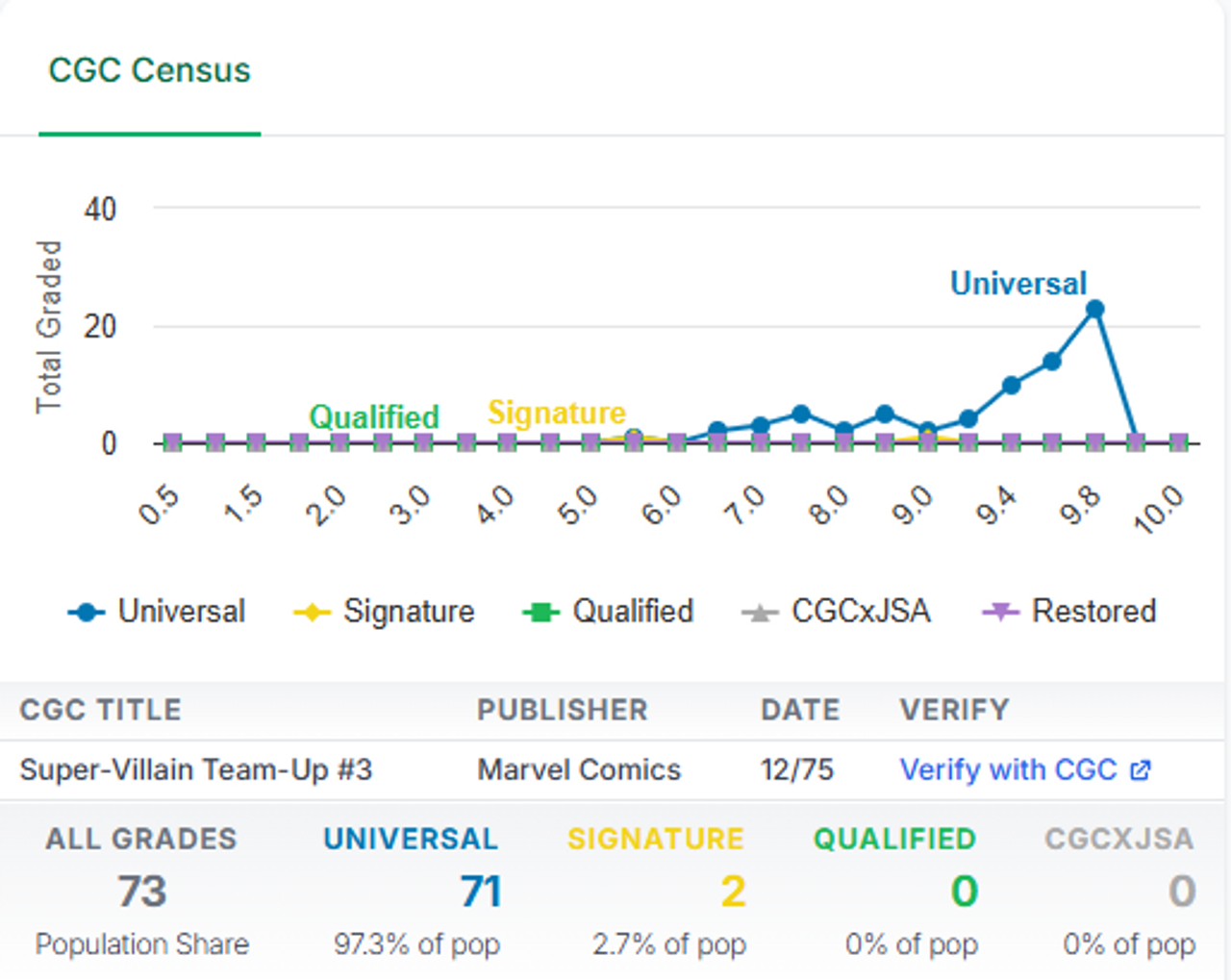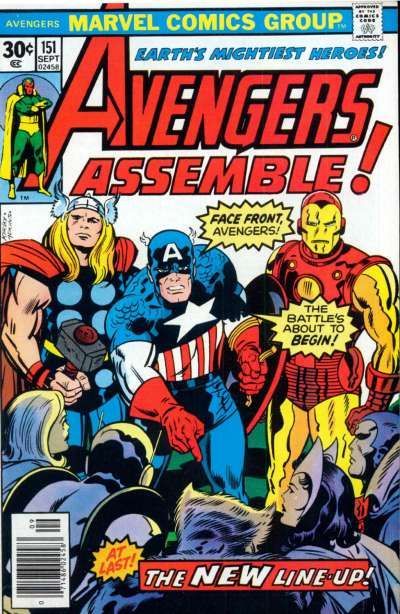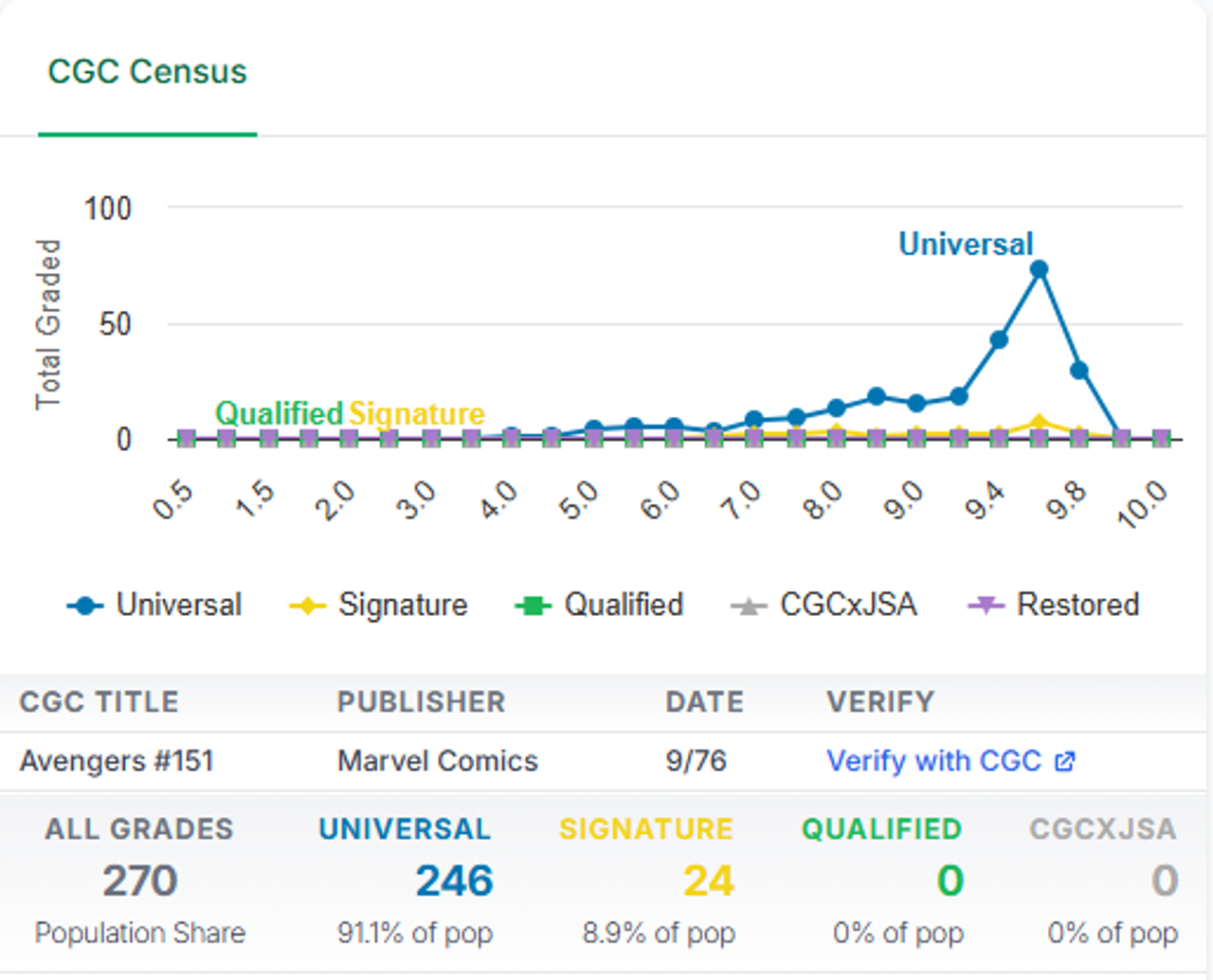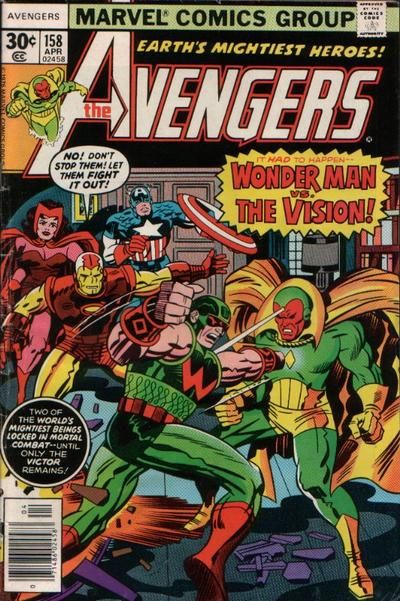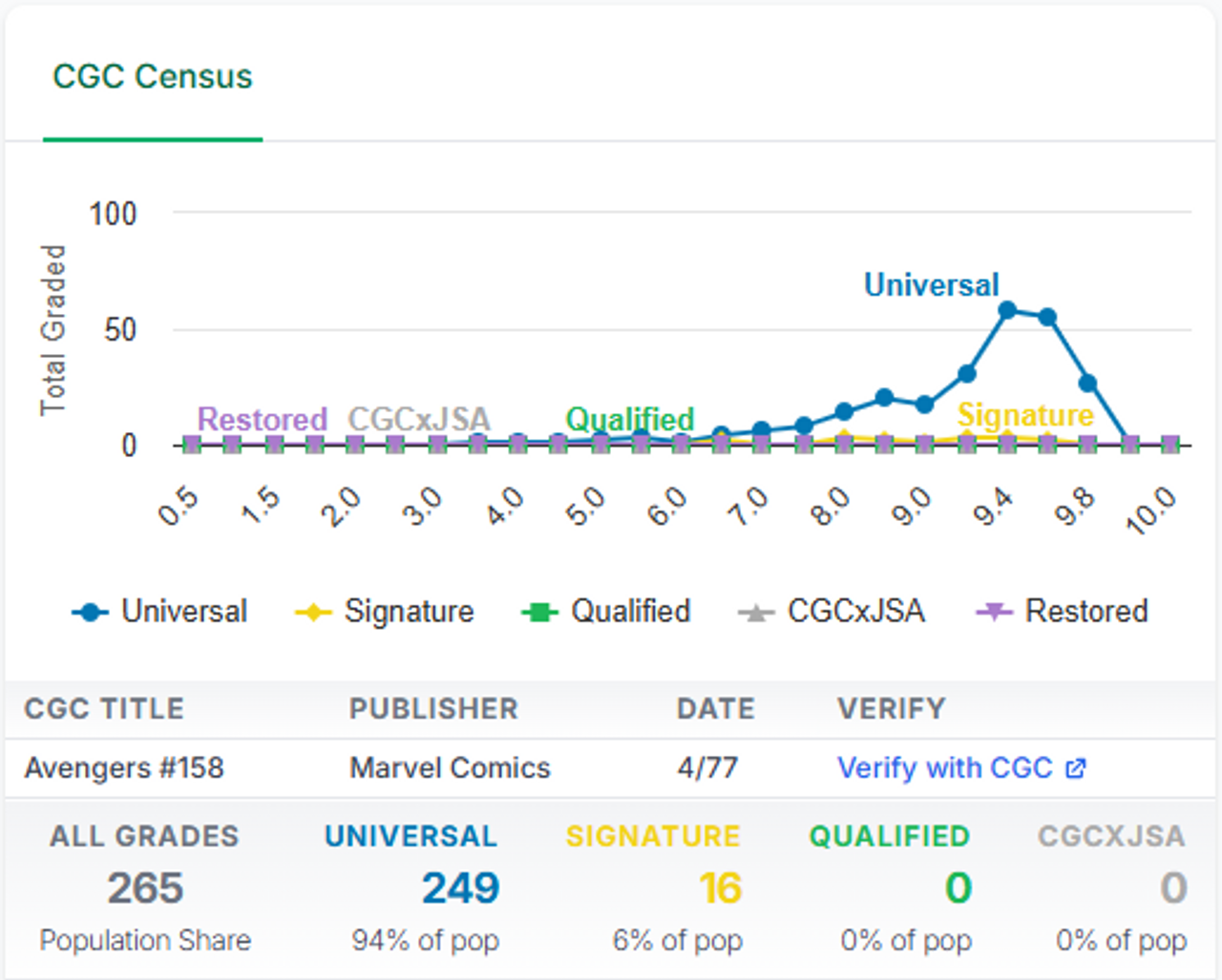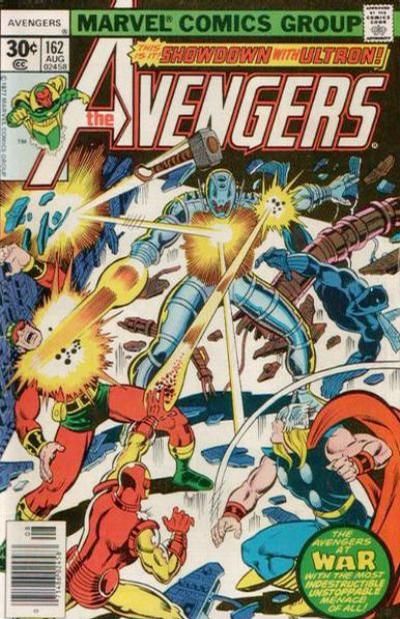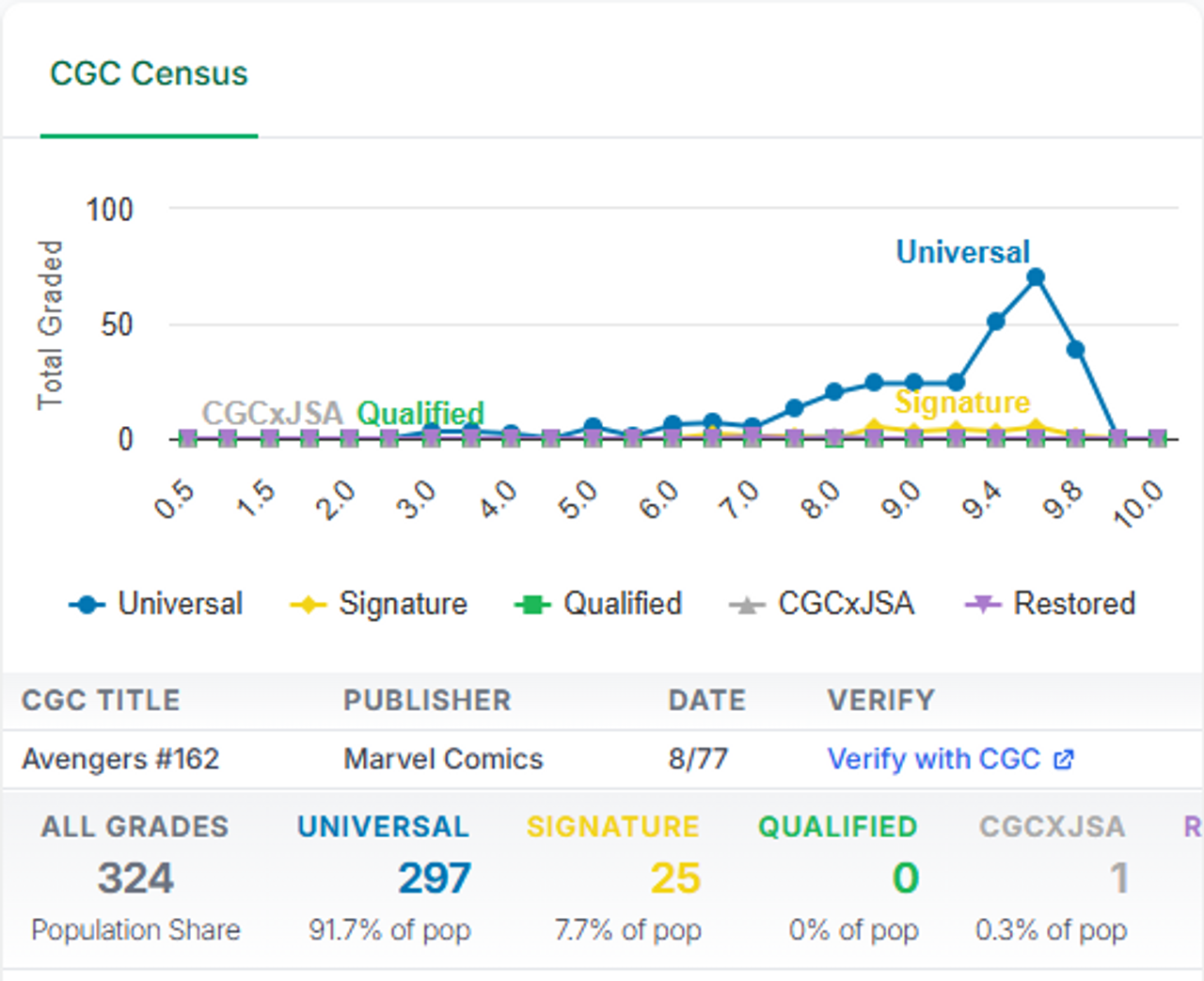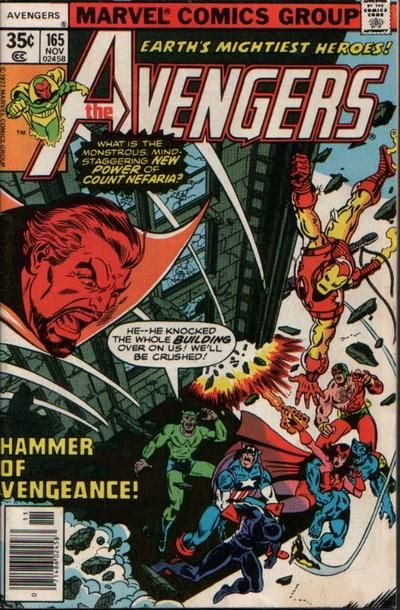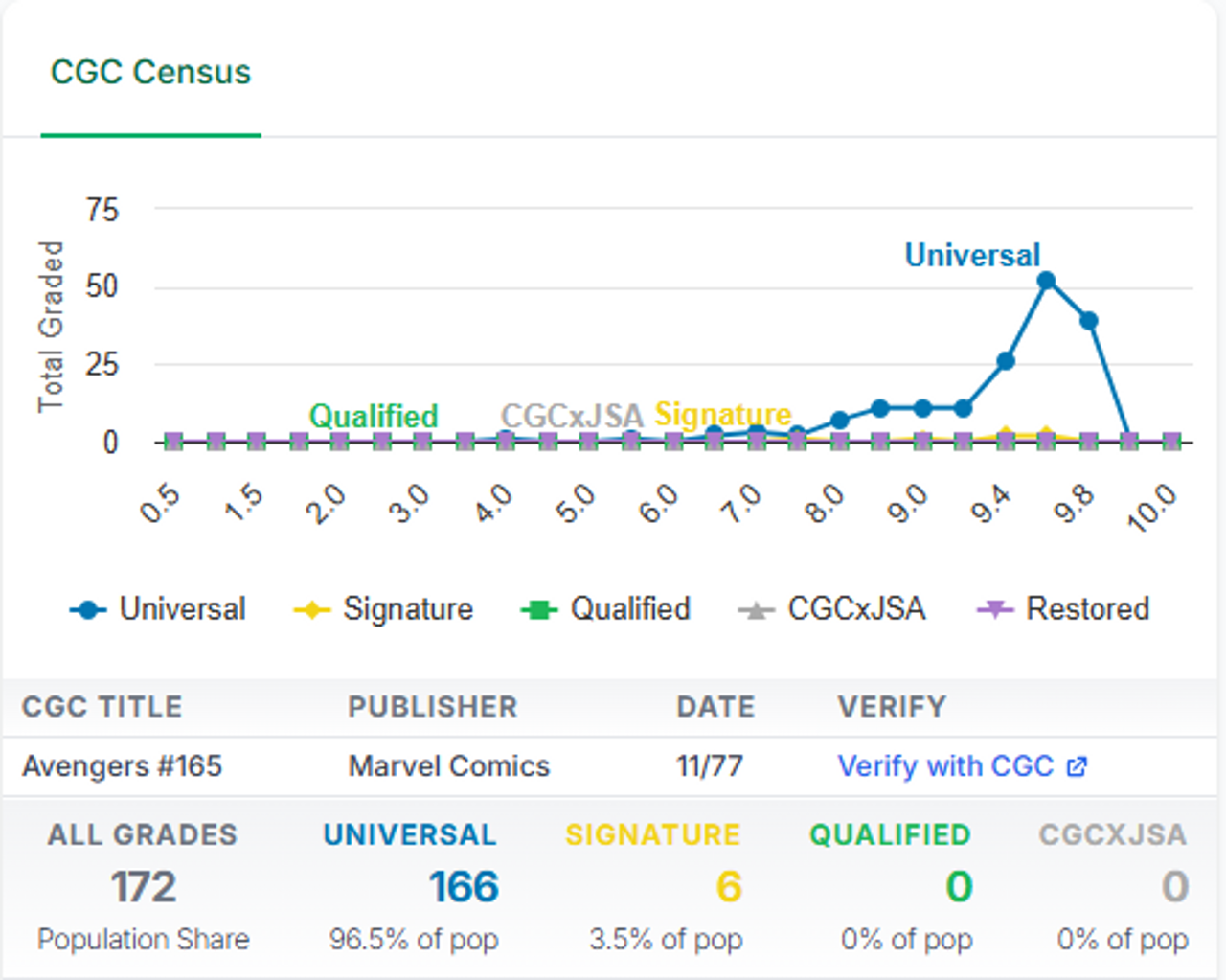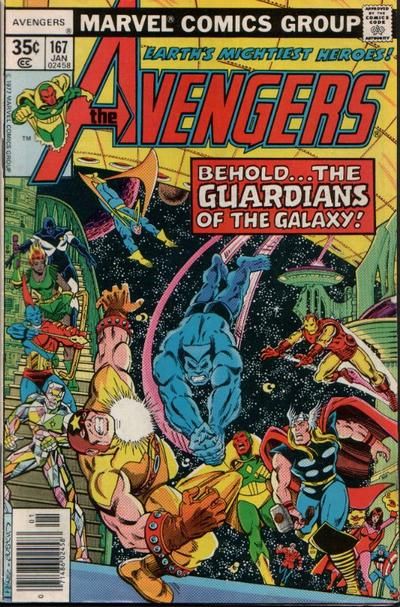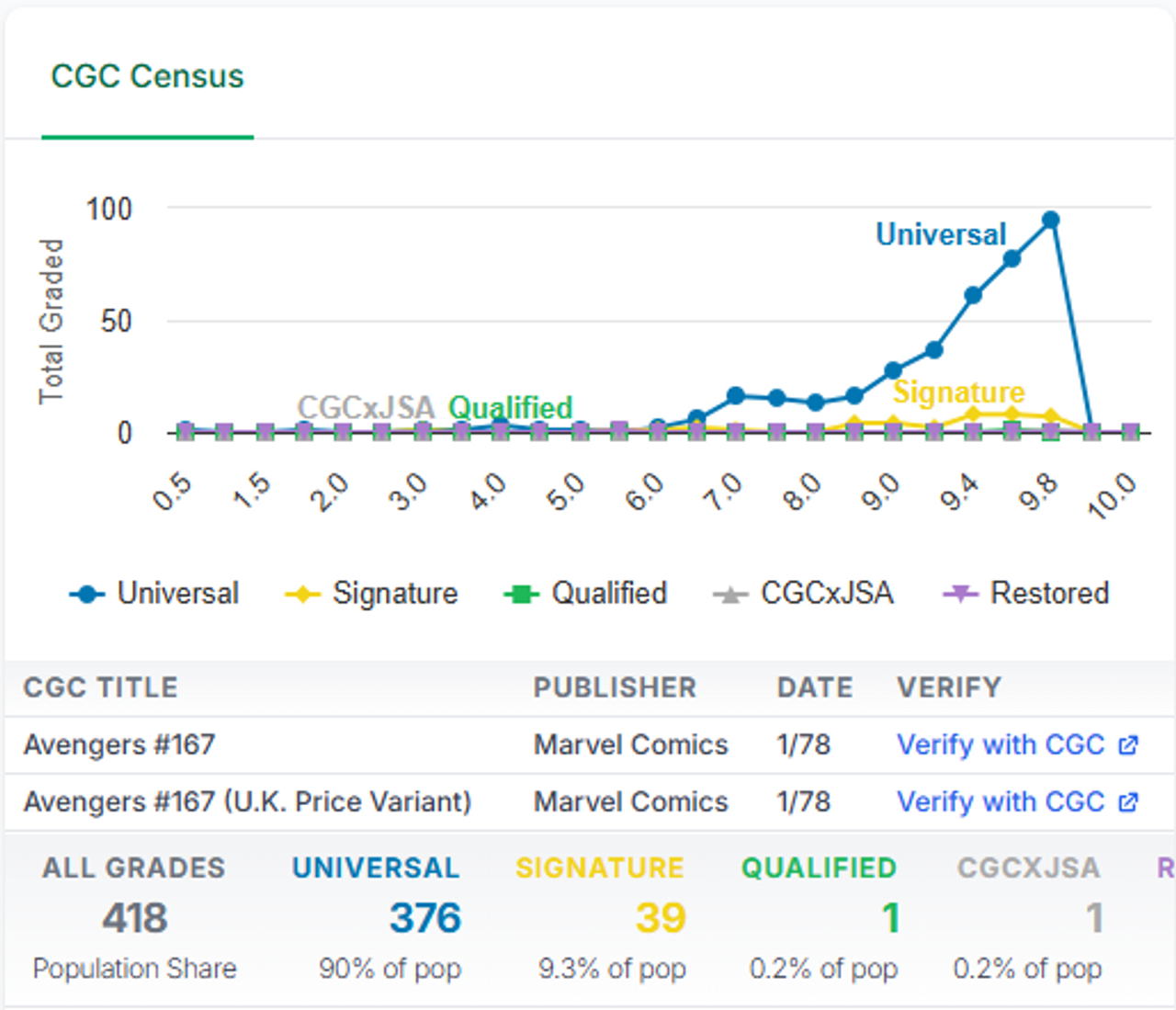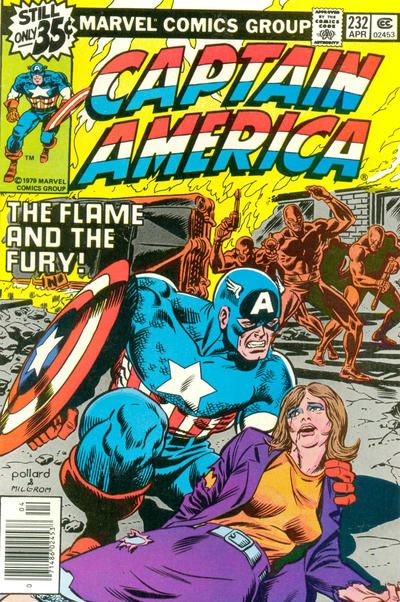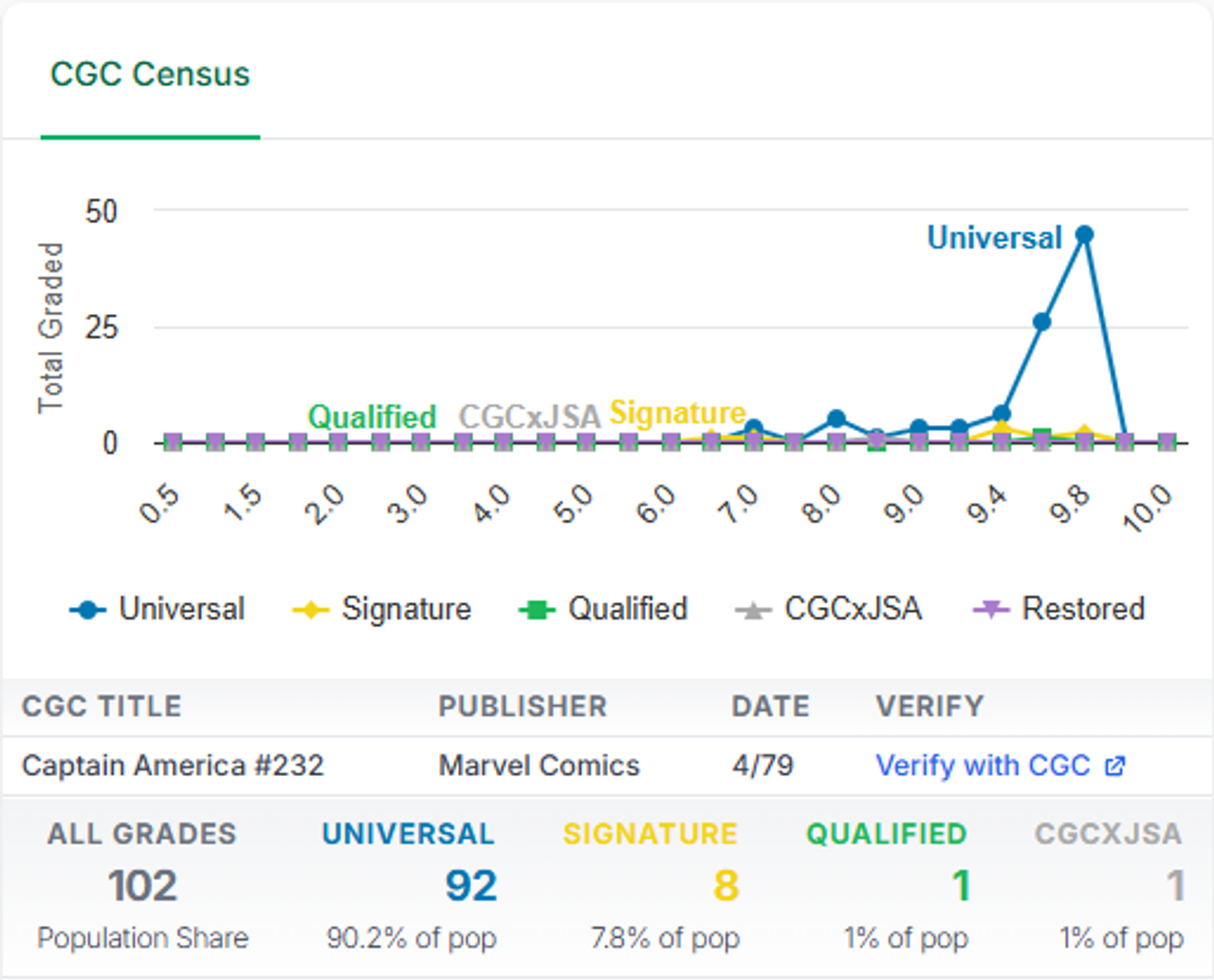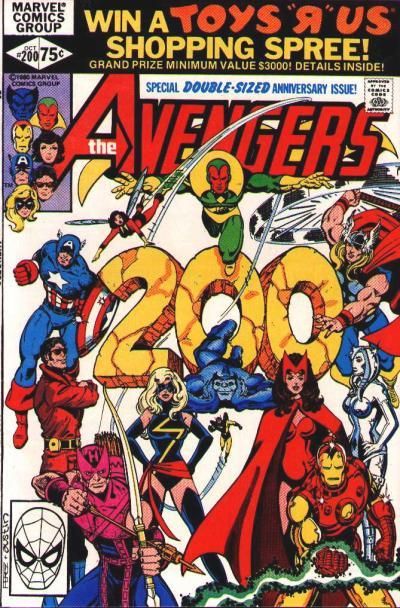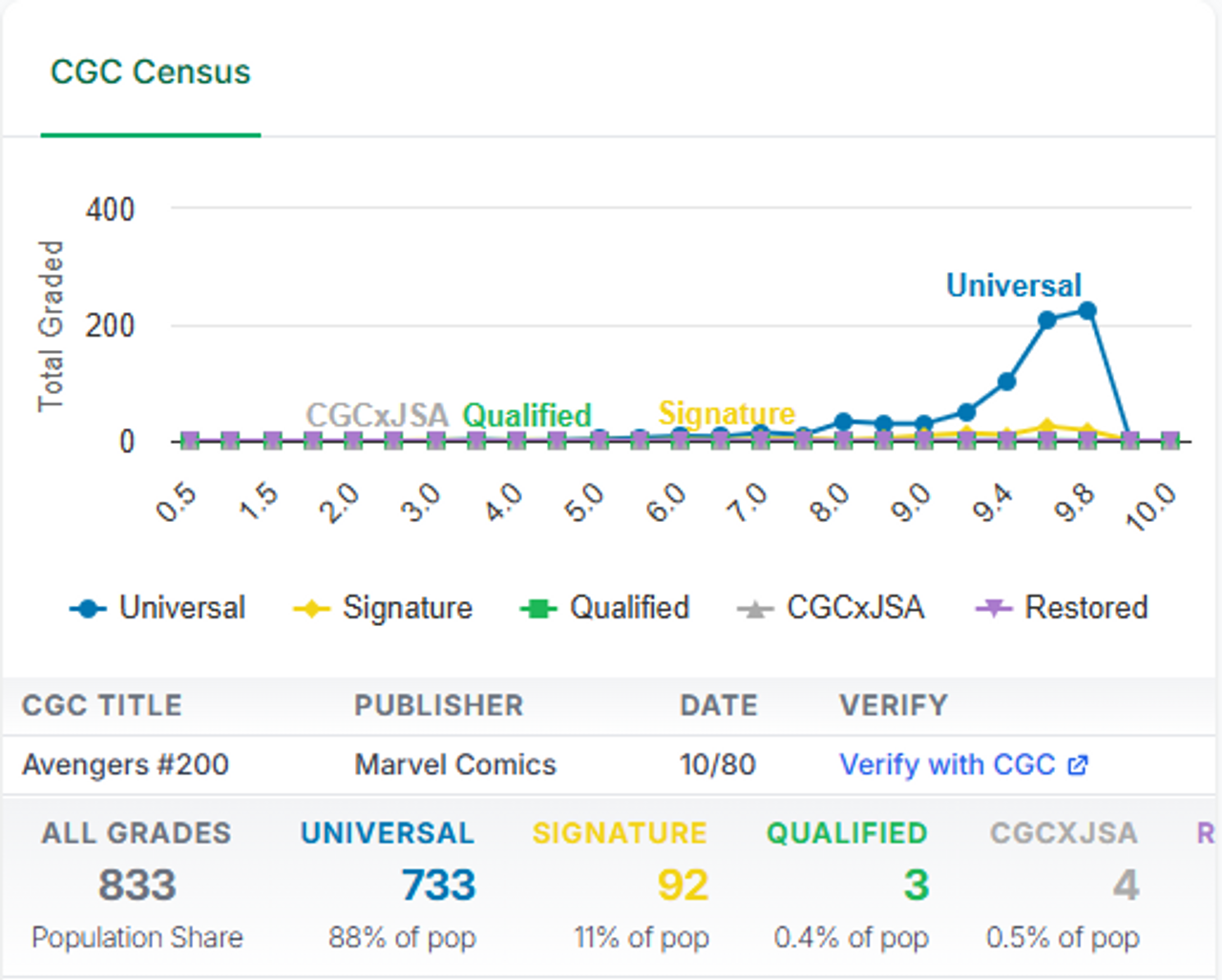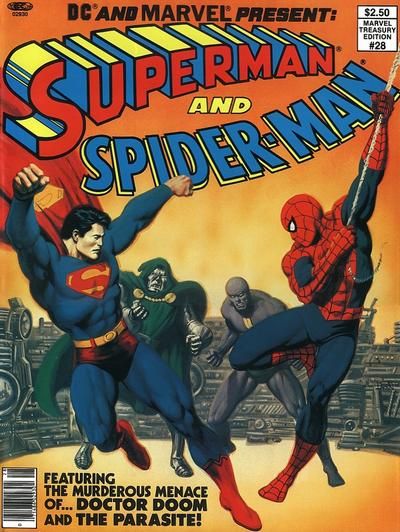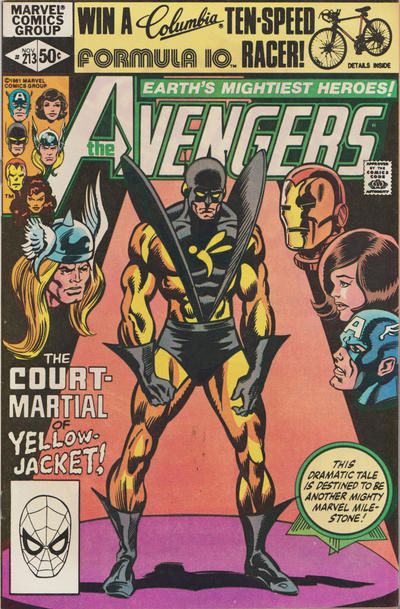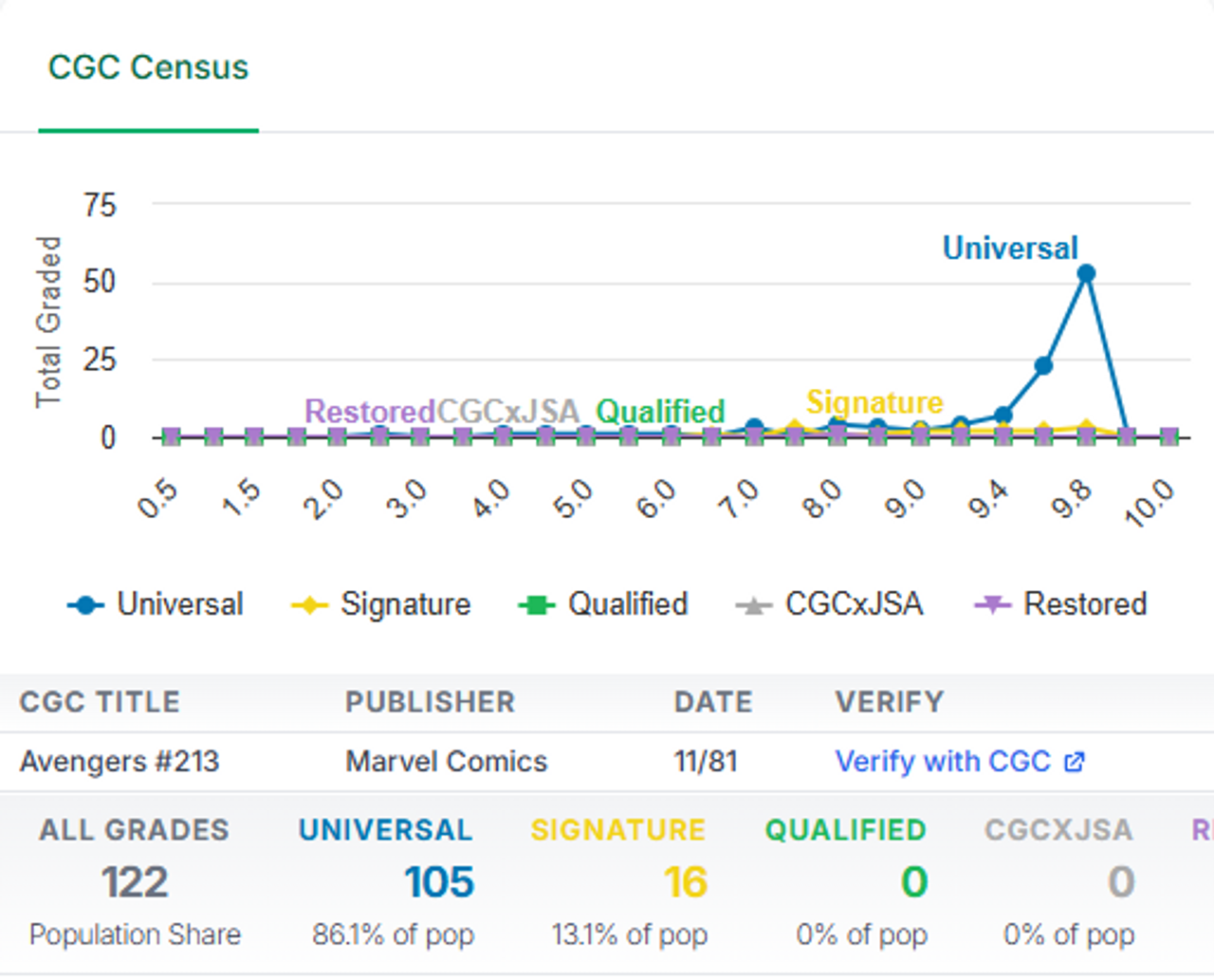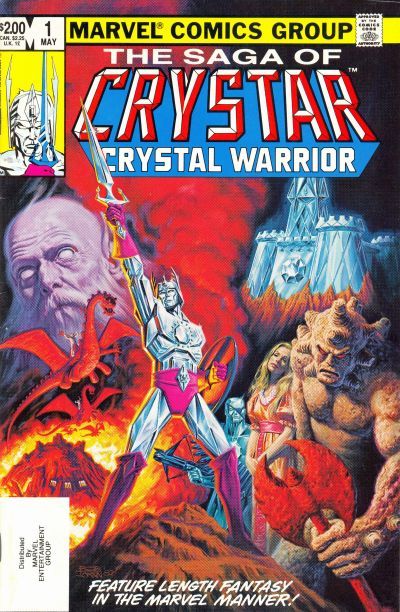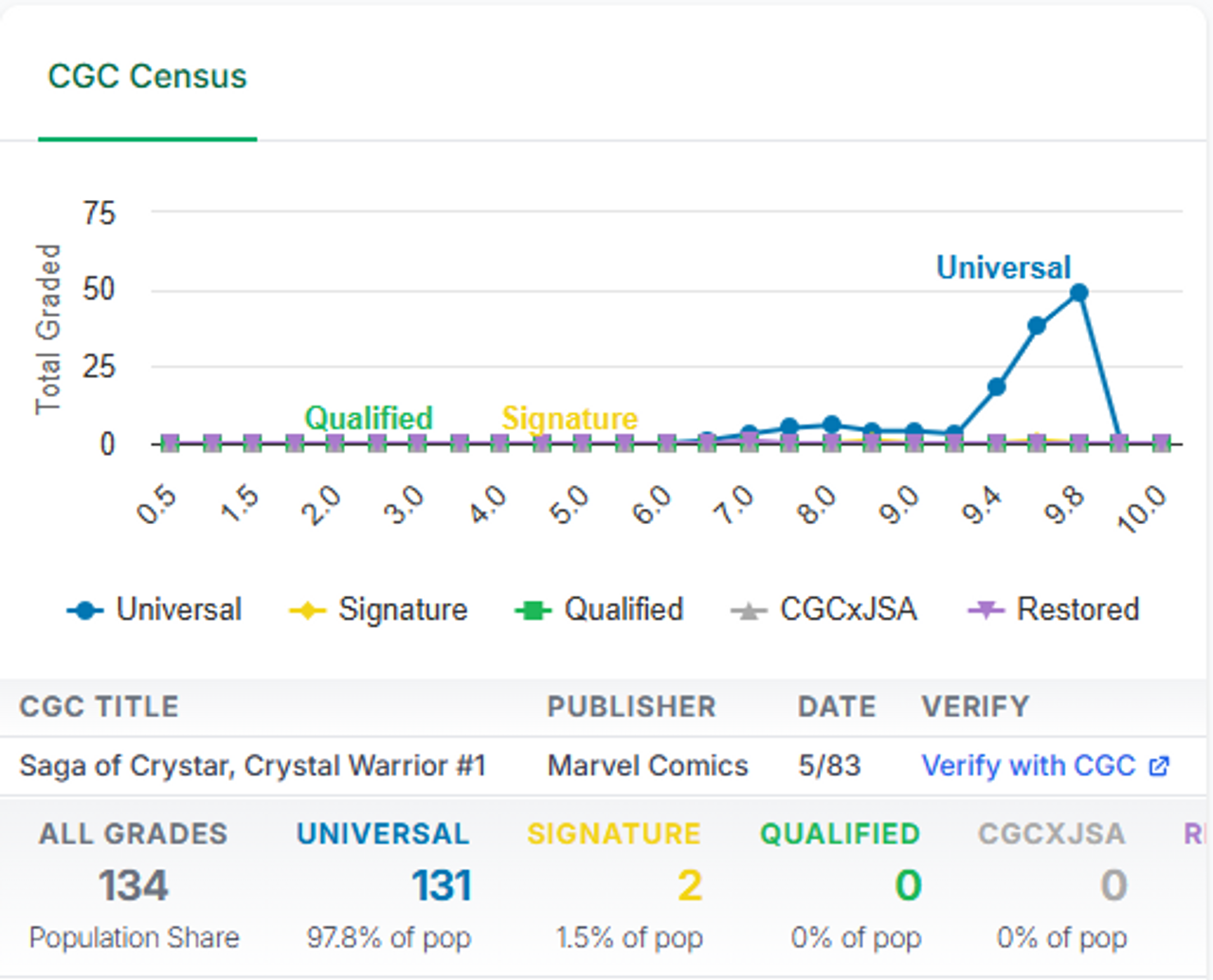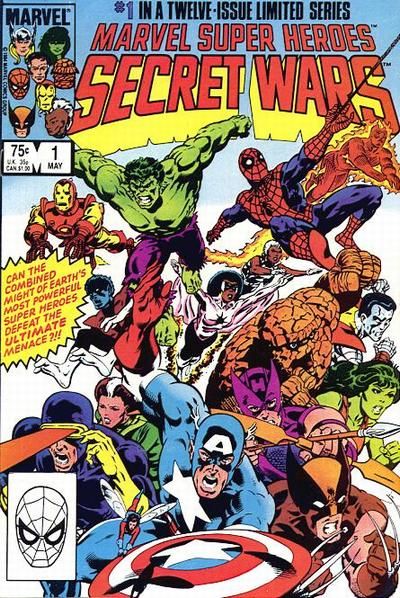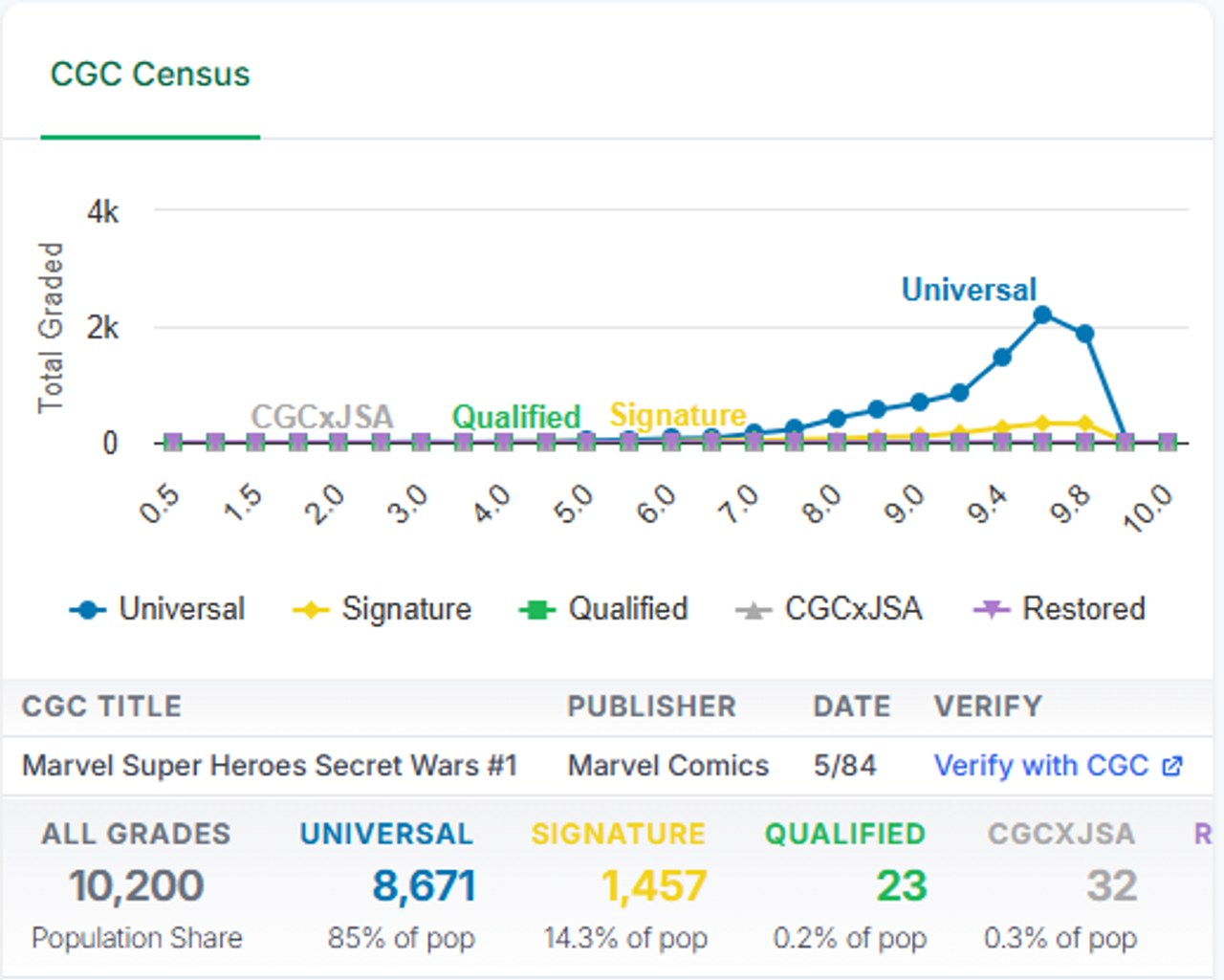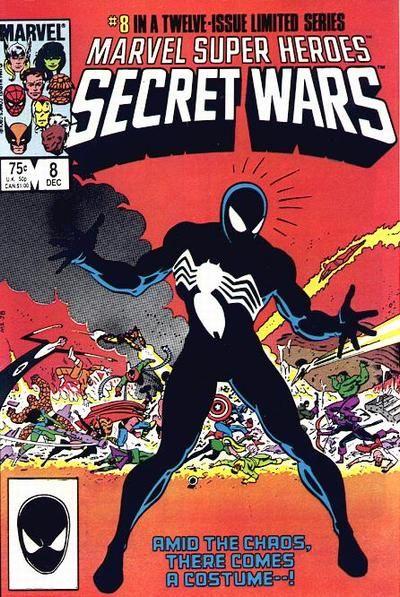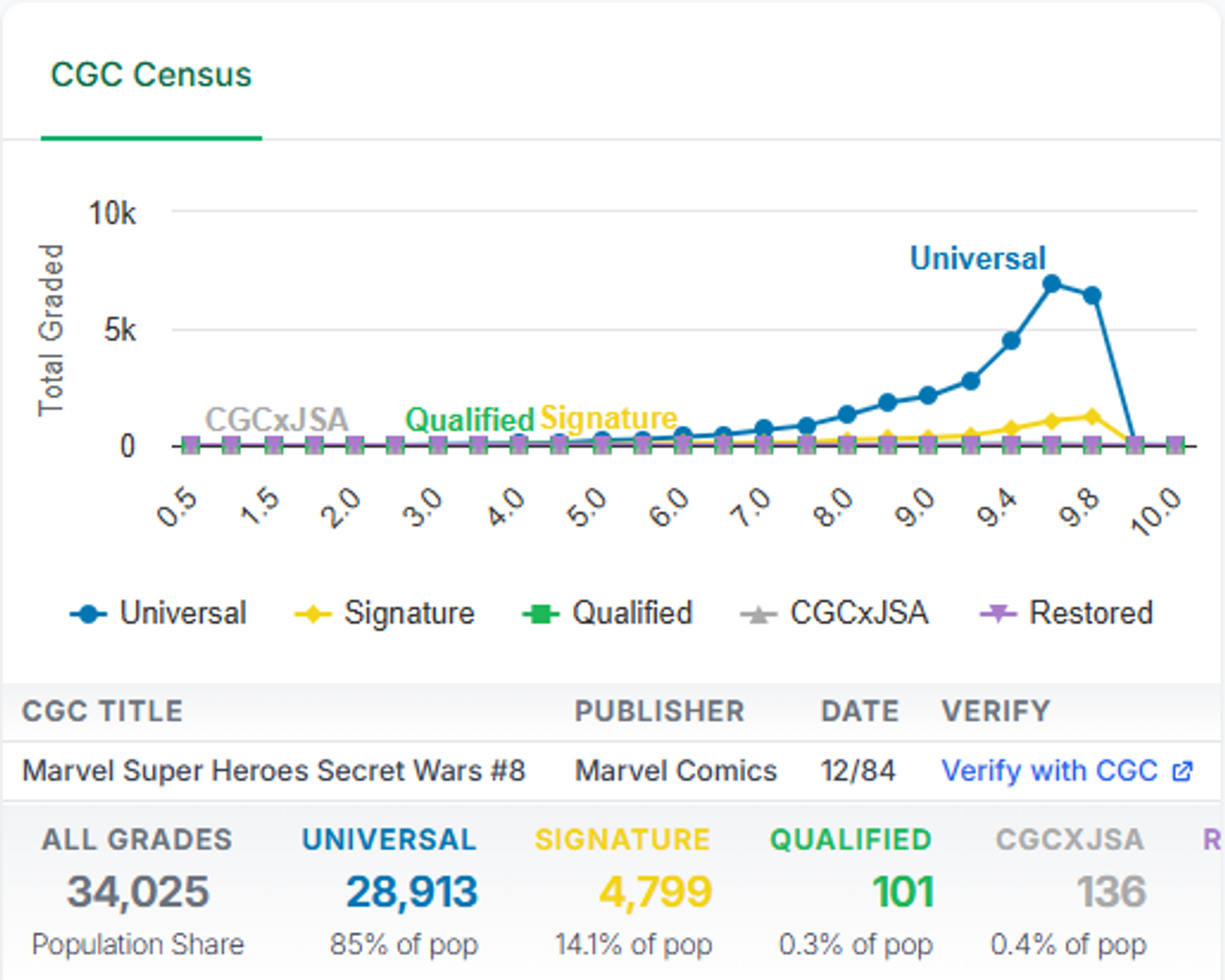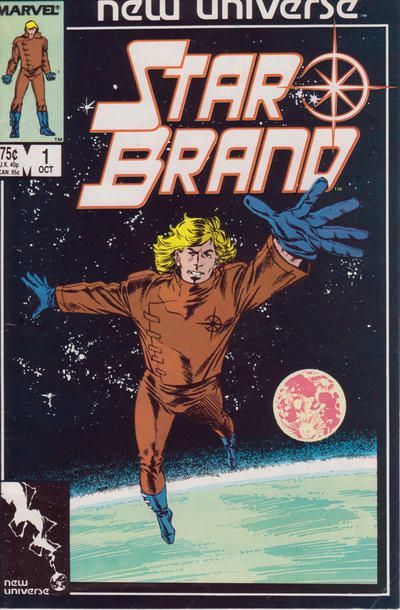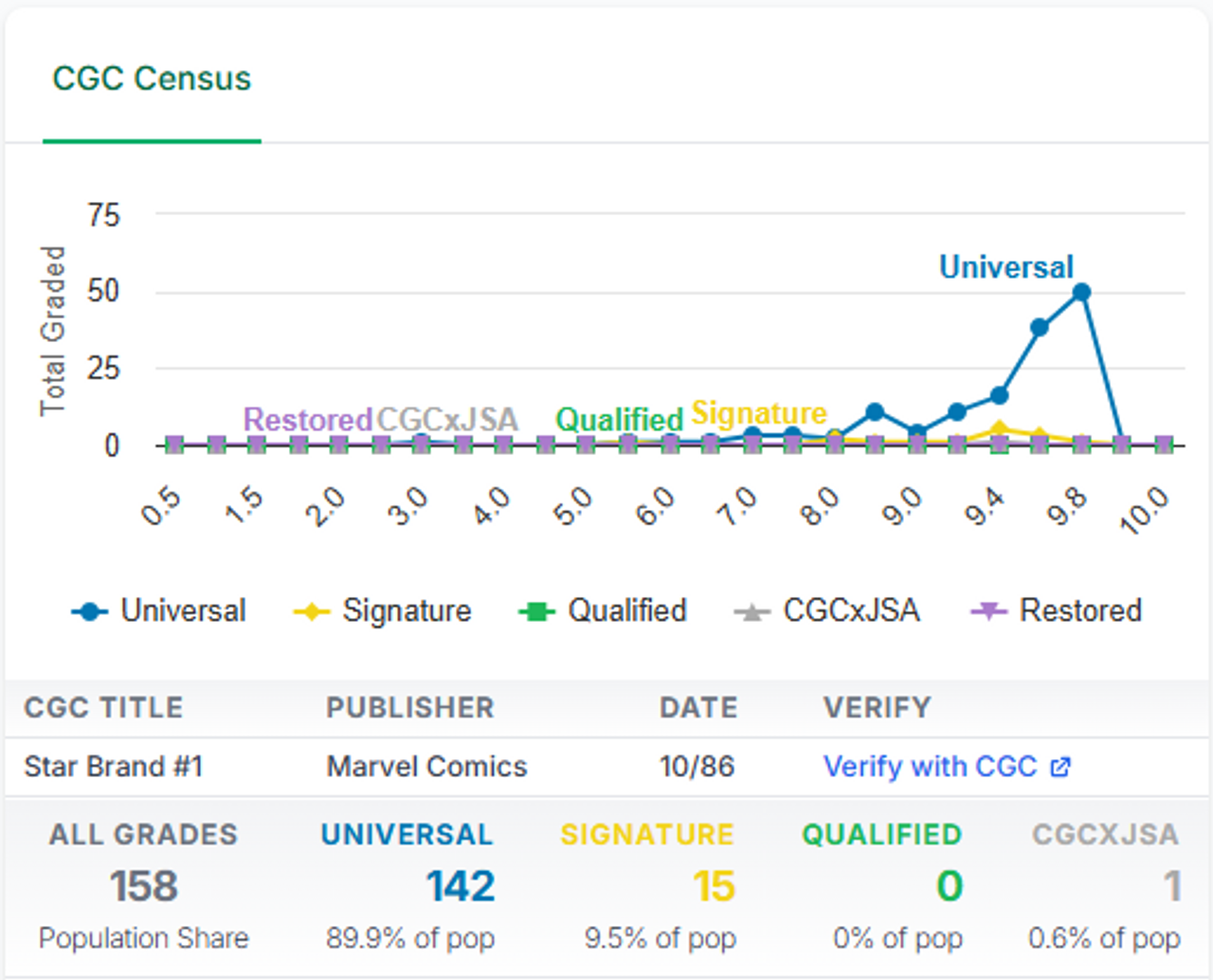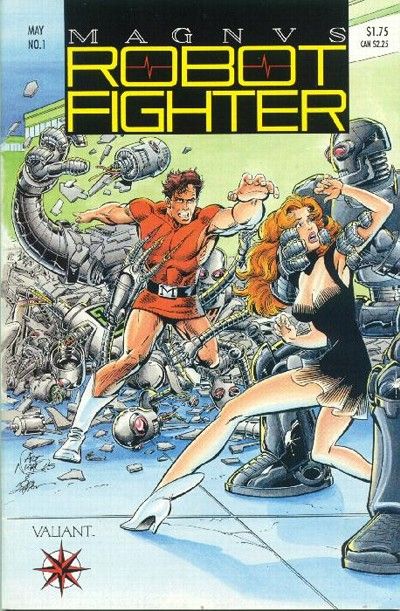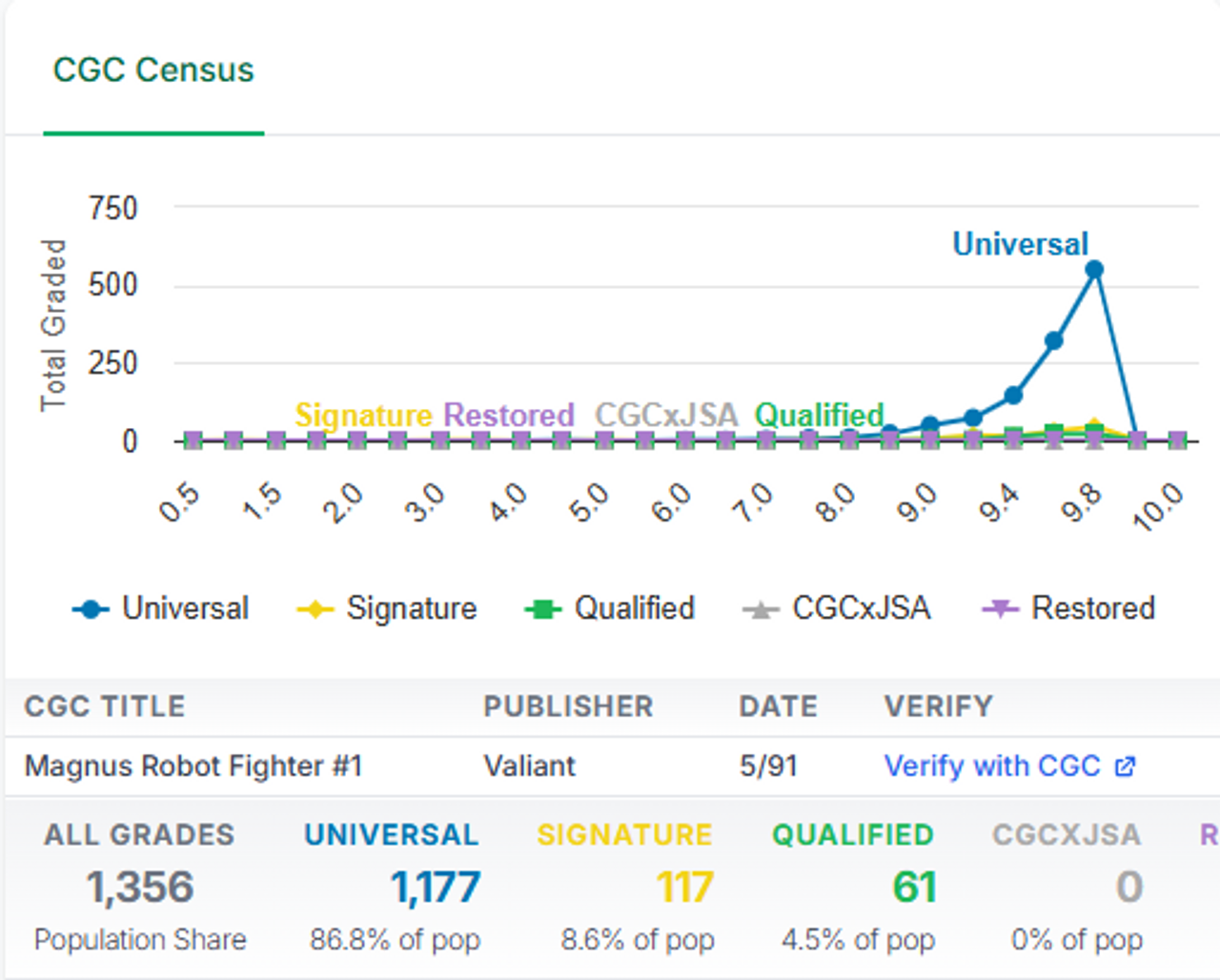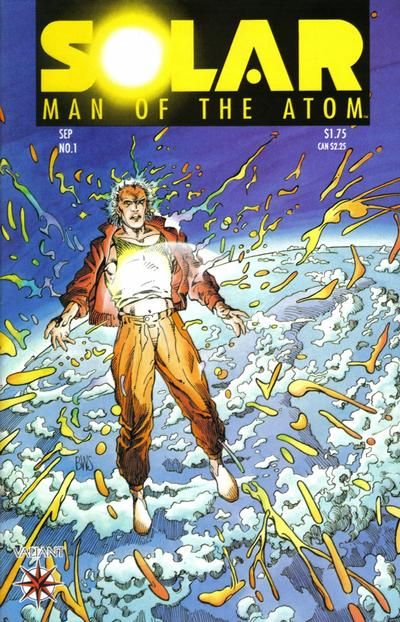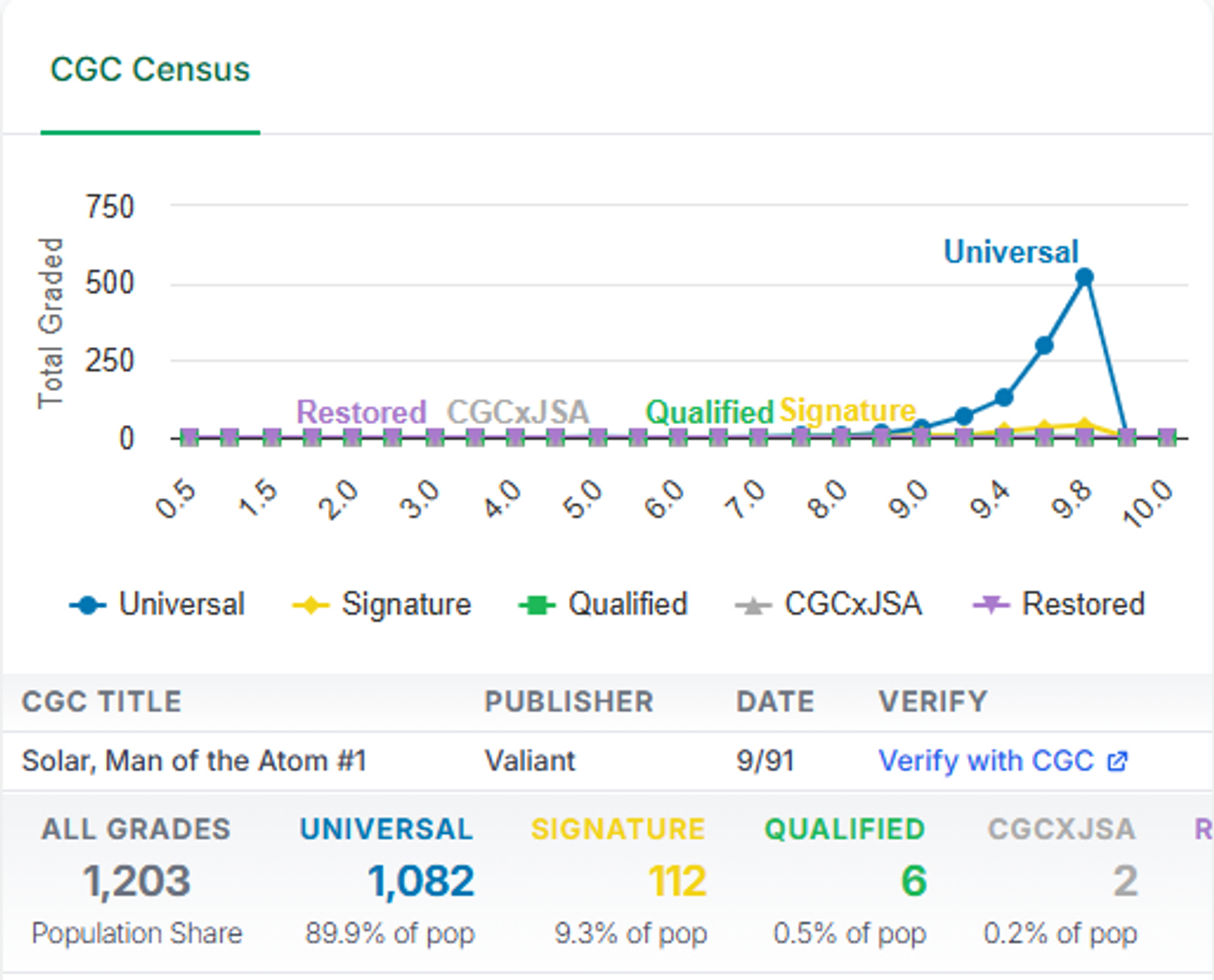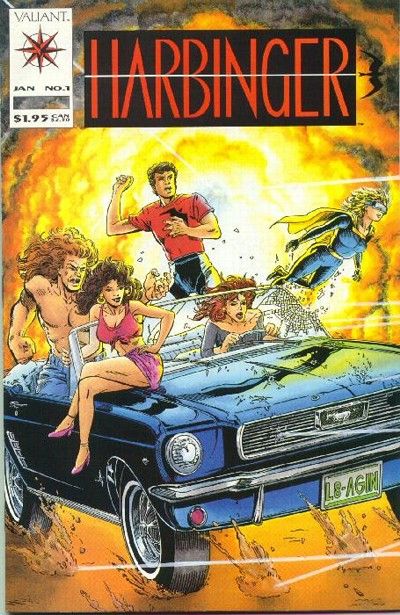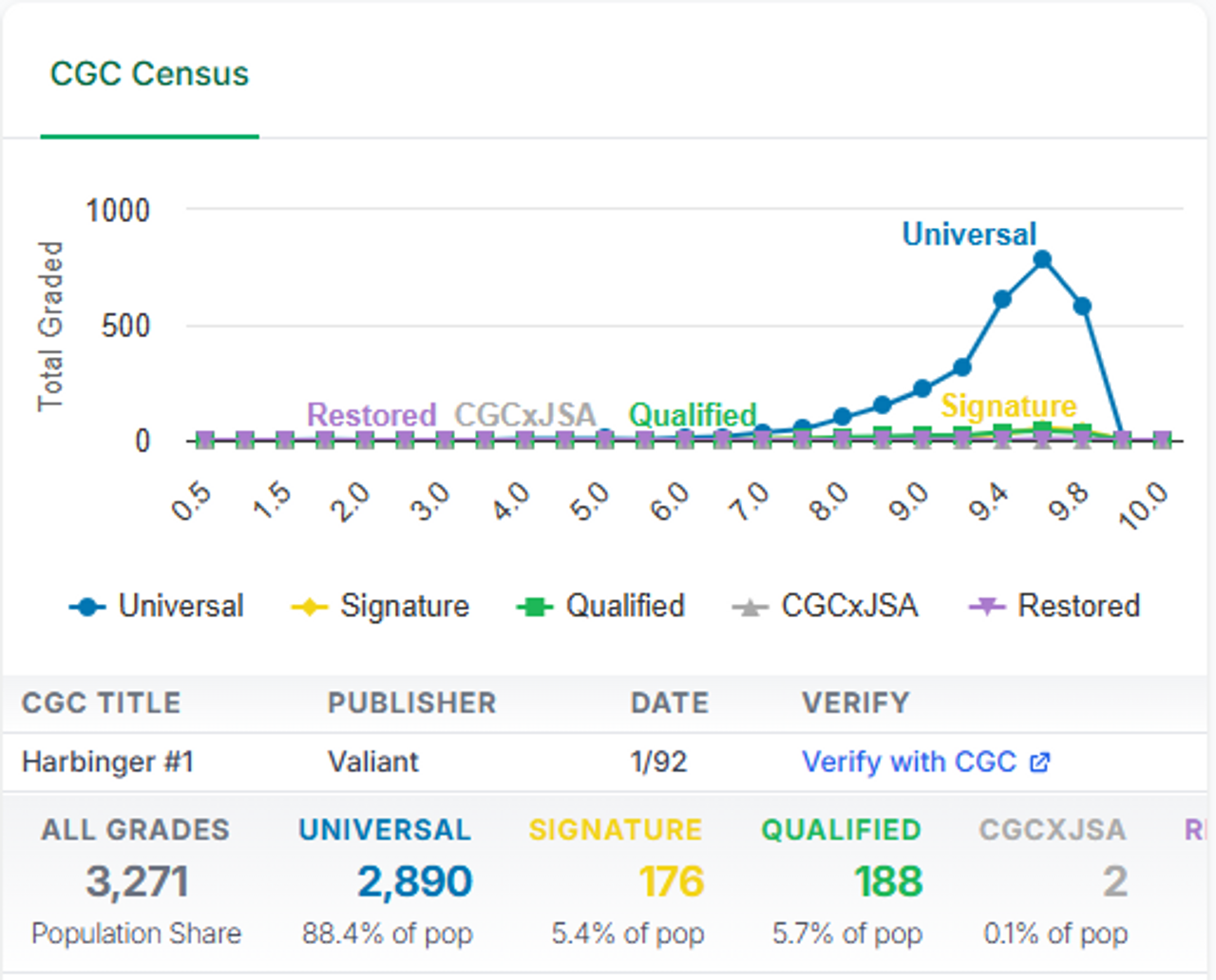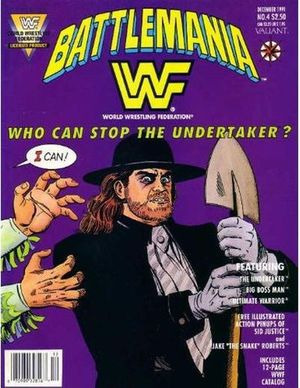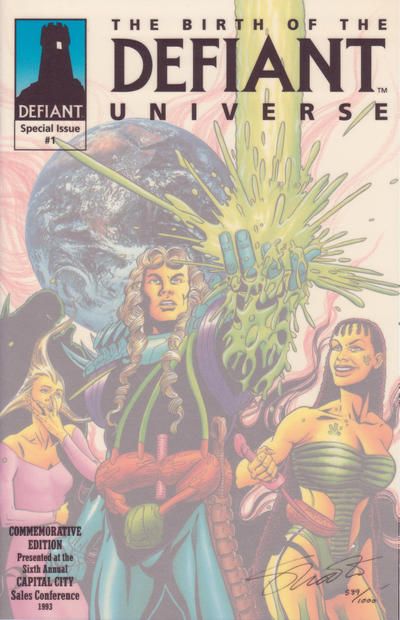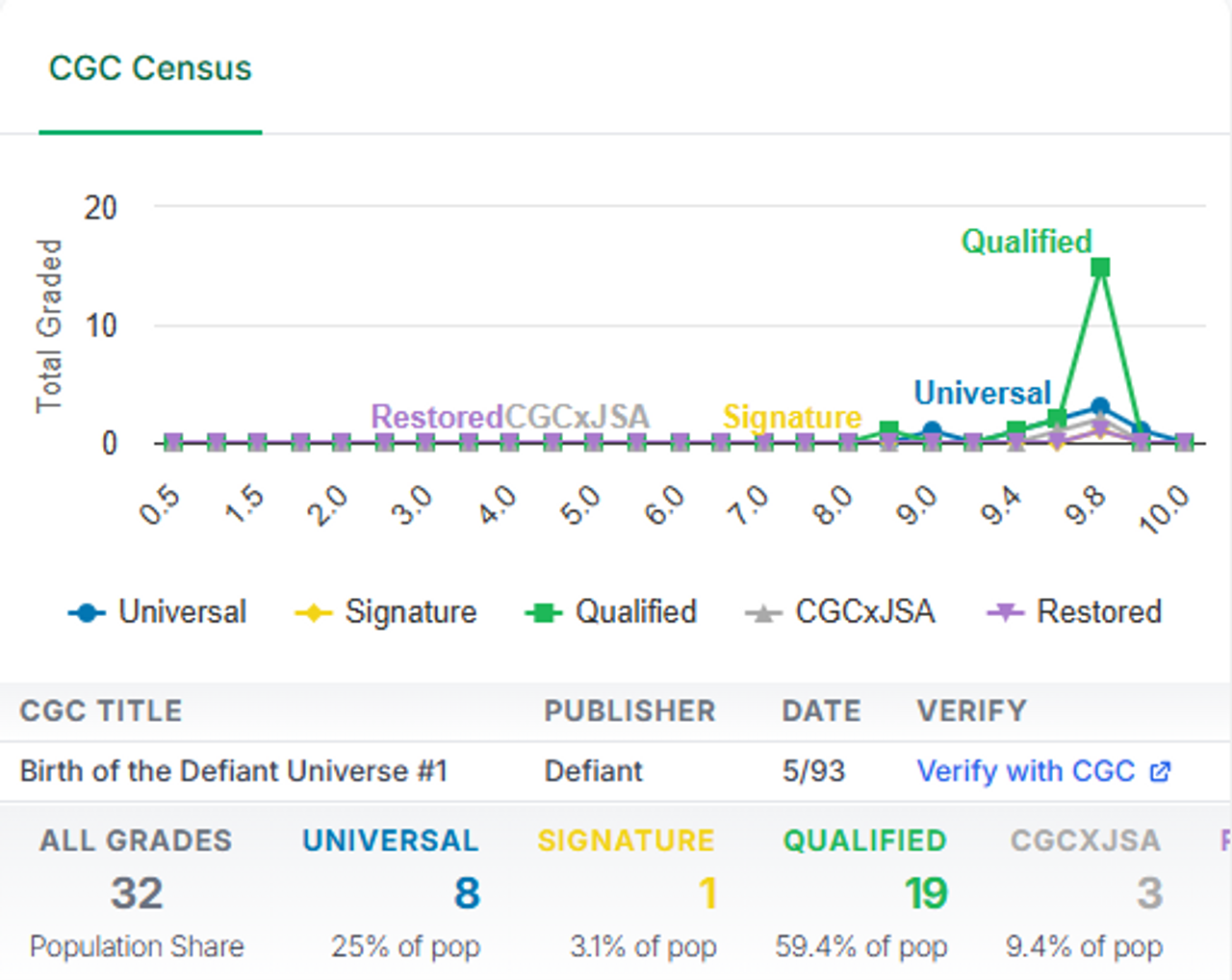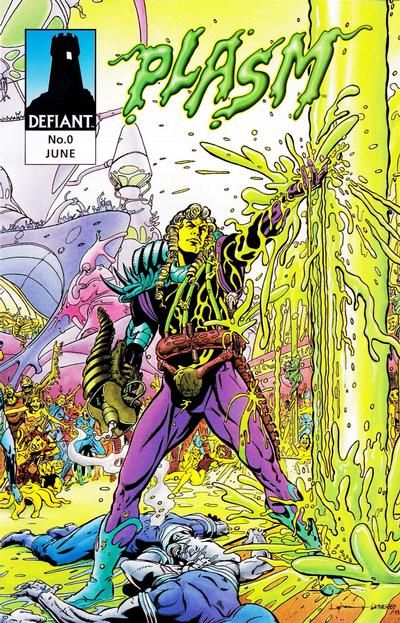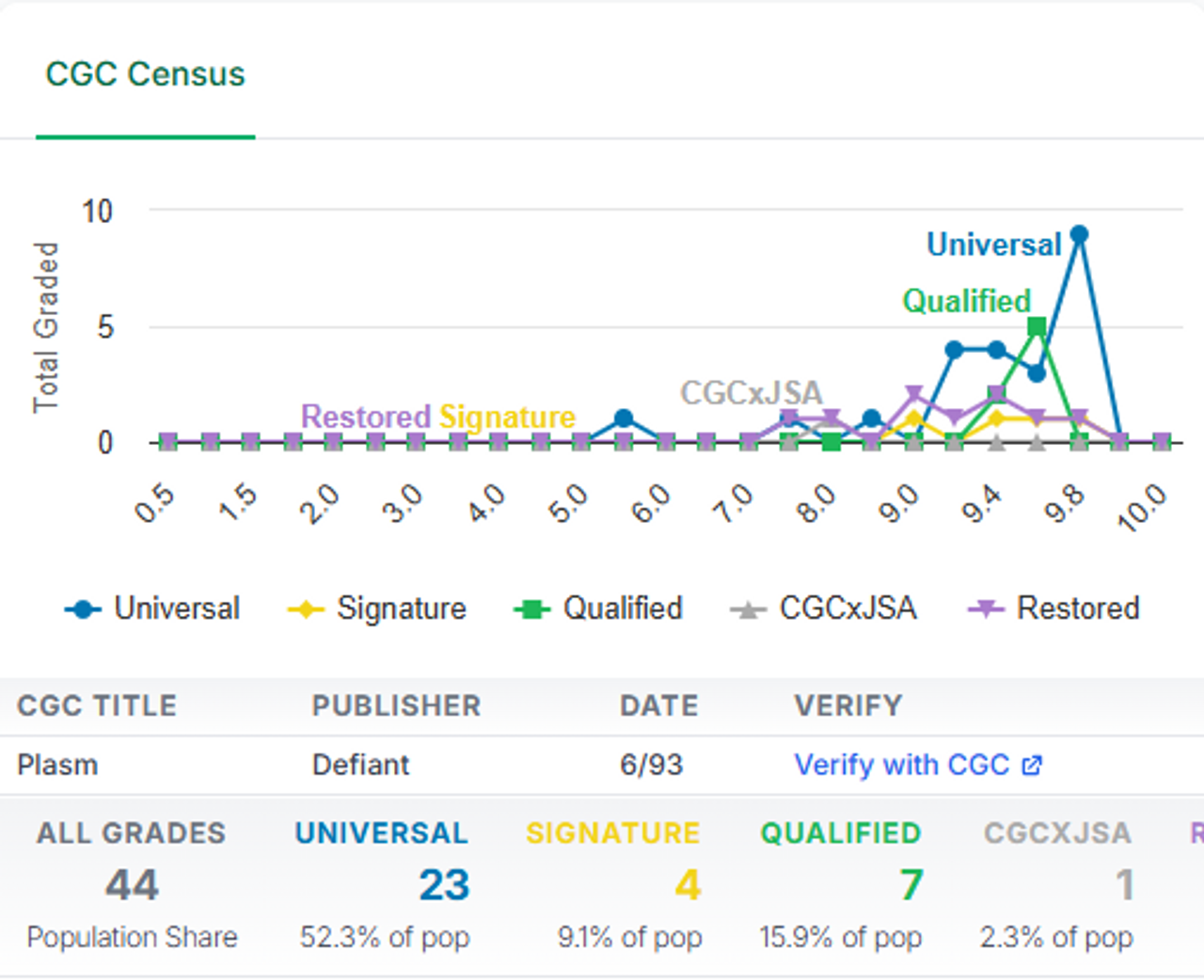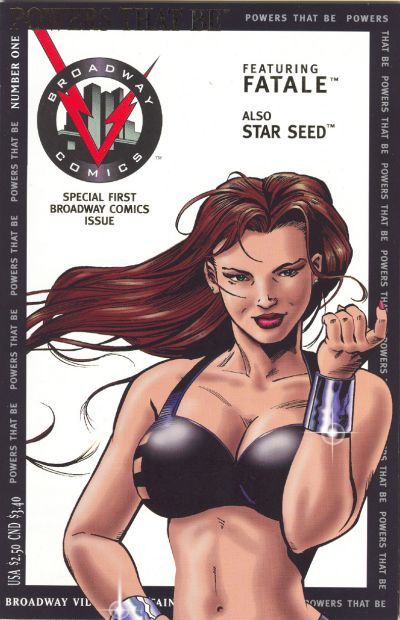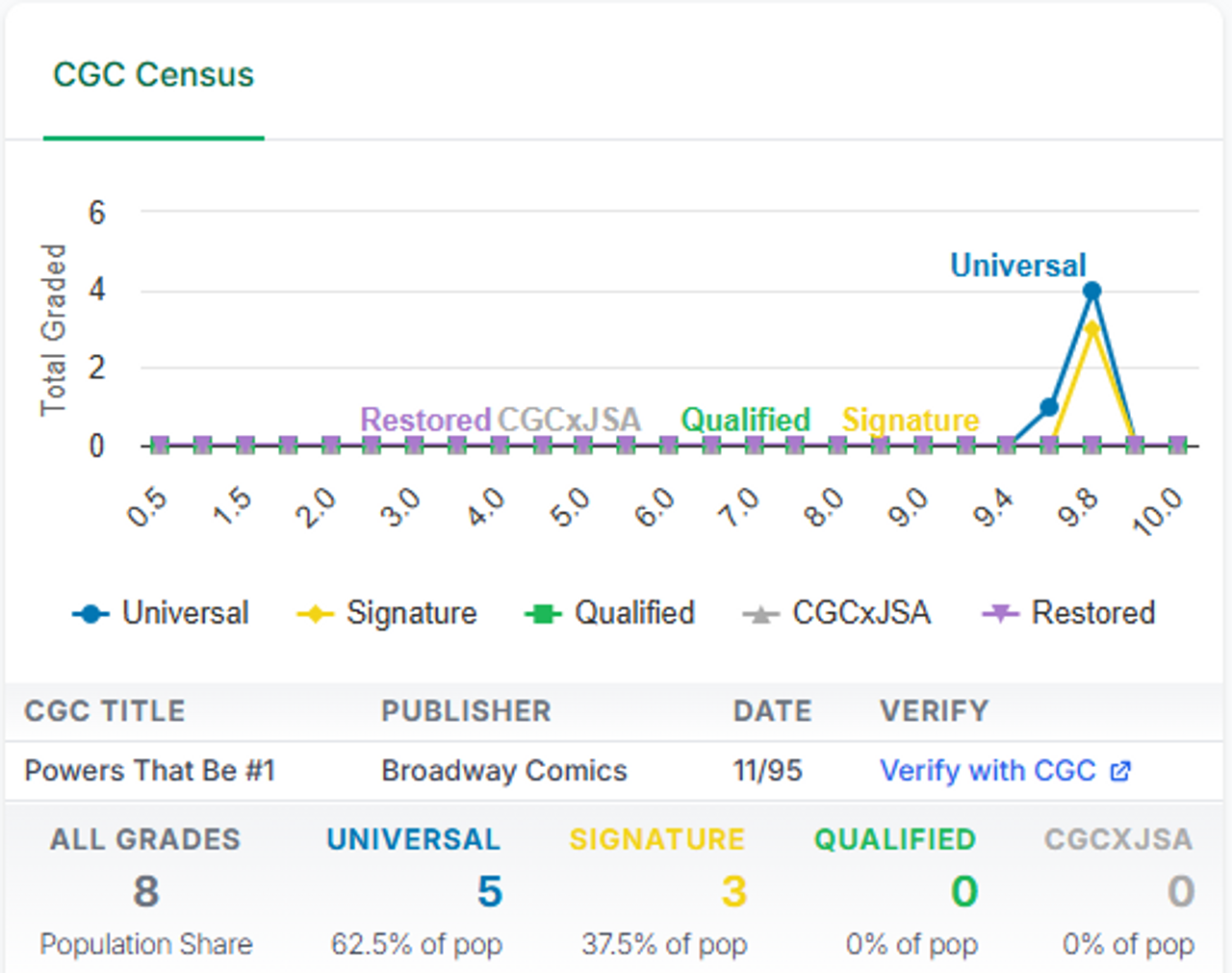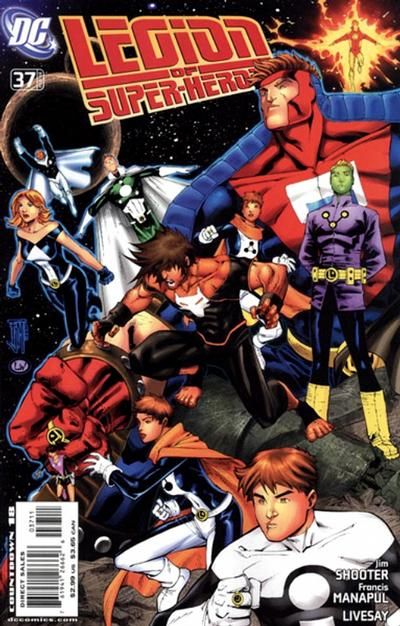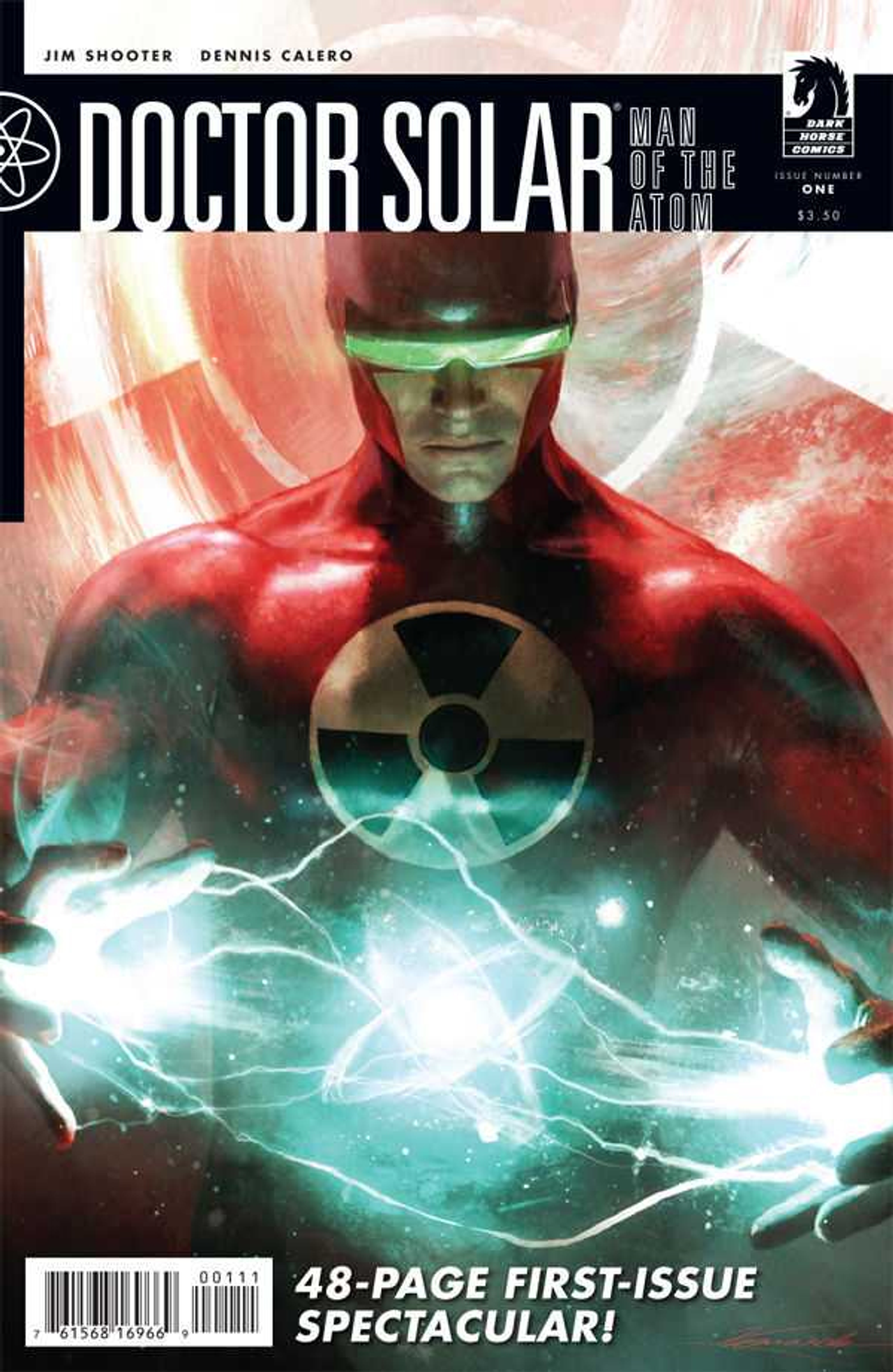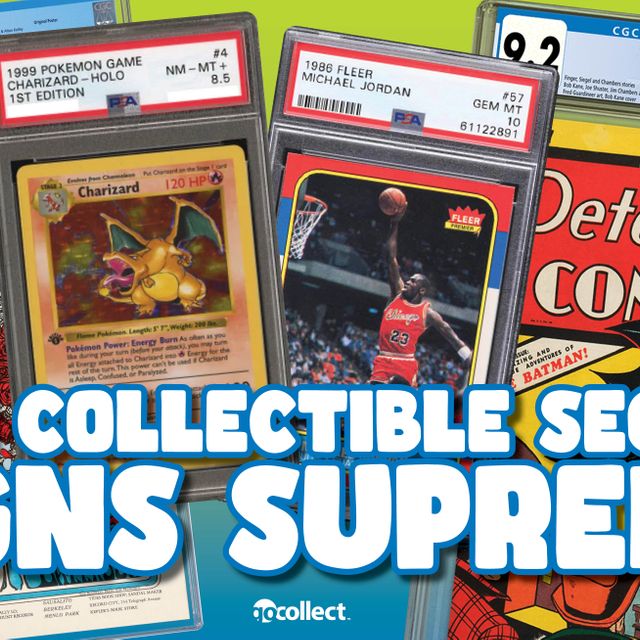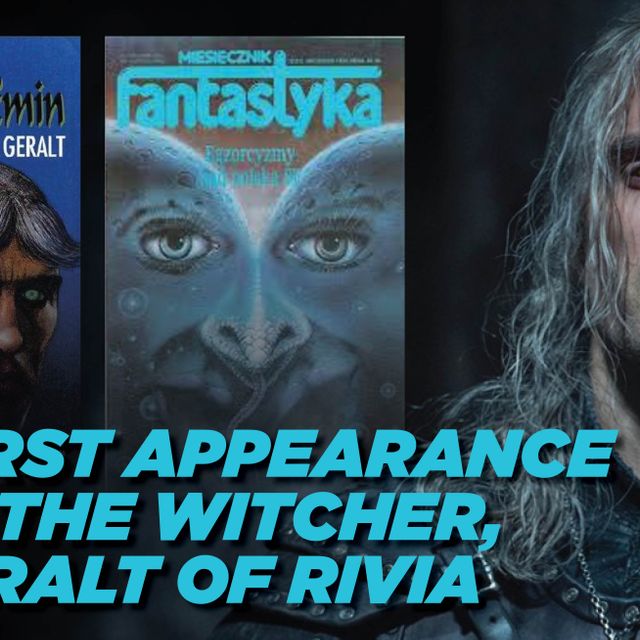Jim Shooter, one of the most influential figures in comics, recently passed away at the age of 73 on June 30. This retrospective was created before his passing, and today, we celebrate the legacy he leaves behind.
Shooter’s impact on the comic book world is undeniable. From writing Legion of Super-Heroes at just 13 years old to shaping Secret Wars during his groundbreaking tenure at Marvel, and later launching VALIANT Comics and beyond, Shooter’s vision helped define generations of storytelling.
In this article, we showcase some of Jim Shooter’s best works, including a few hidden gems you may not know about, exploring their key significance and how they’ve stood the test of time in the collector’s market. We remember Jim Shooter not only for the stories he told but for the worlds he built, leaving a legacy that will continue to inspire creators and readers for years to come.
Adventure Comics #346 (DC Comics, 1966) Key Significance: At just 14 years old, Jim Shooter made his comic-writing debut with this issue, launching a professional career that would reshape comics for decades. His story introduced new Legion members like Ferro Lad and Karate Kid, showing his talent for adding fresh characters and big ideas even as a teenager. | ||
Action Comics #340 (DC Comics, 1966) Key Significance: Jim Shooter created the Parasite, drawing inspiration from his ninth-grade biology class. Debuting in this issue, Raymond Jensen’s Parasite became one of Superman’s enduring foes, showcasing Shooter’s early ability to craft memorable villains who would leave a lasting mark on the DC universe. | ||
Adventure Comics #352 (DC Comics, 1967) Key Significance: The Fatal Five, who debuted as villains-turned-reluctant allies when the Legion of Super-Heroes needed their help to stop a Sun-Eater threatening Earth. Shooter’s story introduced Emerald Empress, Mano, the Persuader, Tharok, and Validus, each with unique powers and designs that showcased his talent for building memorable, complex villains. After the crisis, the Fatal Five stayed together, becoming some of the Legion’s most enduring foes and a testament to Shooter’s early impact on DC’s storytelling. | ||
Superman #199 (DC Comics, 1967) Key Significance: During Jim Shooter’s groundbreaking run on the Legion of Super-Heroes, DC released this landmark issue featuring the first race between Superman and the Flash. While Shooter didn’t script this specific story, it reflected the era of bold, fun storytelling he was helping shape at DC as a teenage writer, contributing to a period that made Superman comics exciting for a new generation of readers. | ||
Captain Action #1 (DC Comics, 1968) Key Significance: Jim Shooter co-wrote the comic debut of Captain Action, helping adapt the toy hero into the DC Universe. This project showcased Shooter’s growing versatility at DC, as he balanced work on Legion of Super-Heroes while expanding his storytelling skills into new characters and concepts, solidifying his role as a young talent shaping DC’s lineup. | ||
Super-Villain Team-Up #3 (Marvel Comics, 1975) Key Significance: This issue marks Jim Shooter’s first published work at Marvel, where he scripted a Doctor Doom and Sub-Mariner story that fit seamlessly into Marvel’s complex, interconnected universe. It was the beginning of Shooter’s impactful Marvel career, where he would quickly rise from writer to Editor-in-Chief, reshaping the company’s storytelling approach and business practices in the years to come. | ||
Avengers #151 (Marvel Comics, 1976) Key Significance: Jim Shooter’s first Avengers story as a writer, this issue marked the start of his significant influence on Earth’s Mightiest Heroes. Shooter’s run on Avengers would bring deeper character dynamics and high-stakes conflicts, laying the groundwork for classic stories that would define the team for years and showcase his talent for balancing large ensemble casts. | ||
Avengers #158 (Marvel Comics, 1977) Key Significance: Jim Shooter introduced Graviton, a powerful new villain who would become a recurring threat to the Avengers. Shooter also staged an intense showdown between Wonder Man and Vision, demonstrating his skill at blending complex character conflicts with action-packed storytelling, which helped deepen the Avengers’ roster and dynamics. | ||
Avengers #162 (Marvel Comics, 1977) Key Significance: Jim Shooter introduced Jocasta, a unique character created by Ultron to be his companion. This addition showed Shooter’s flair for mixing science fiction themes with superhero drama, enriching the Avengers’ lineup with a complex, emotionally charged character that would resonate with readers. | ||
Avengers #165 (Marvel Comics, 1977) Key Significance: Jim Shooter created Henry Gyrich, a government official who frequently challenged the Avengers and the X-Men. By introducing Gyrich, Shooter brought a layer of political intrigue and tension to Marvel’s stories, adding realism and complexity to the superhero world. | ||
The Amazing Spider-Man #176 (Marvel Comics, 1978) Key Significance: Jim Shooter became Marvel’s Editor-in-Chief in early 1978, overseeing the entire line rather than a single title. Comics with a January 1978 cover date—like Amazing Spider-Man #176 and Marvel Team-Up #65—were among the first published under his leadership, though they likely hit newsstands in late 1977. | ||
Avengers #167 (Marvel Comics, 1978) Key Significance: Under Jim Shooter’s direction, this issue featured the first meeting between the Avengers and the Guardians of the Galaxy, expanding Marvel’s cosmic storytelling. Shooter also introduced Carina Tivan, adding depth to the Collector’s family, and debuted Wonder Man without his costume, highlighting Shooter’s skill in character development and universe-building. | ||
Captain America #232 (Marvel Comics, 1979) Key Significance: This story centers around Captain America and Peggy Carter investigating the white supremacist group, the National Force, led by the Grand Director. Shooter's involvement in co-scripting highlights his hands-on approach to comics creation even while holding a prominent editorial position, which aligns with his later efforts to streamline and improve the editorial process at Marvel Comics. | ||
Avengers #200 (Marvel Comics, 1980) Key Significance: Shooter was credited as a co-plotter and, as Editor-in-Chief, bore the ultimate responsibility for the publication of Avengers #200. While he later expressed strong regret and apologies for the content, his involvement remains a significant part of the issue's controversial history. | ||
Marvel Treasury Edition #28 (Marvel/DC Comics, 1980) Key Significance: During Jim Shooter’s tenure as Marvel’s Editor-in-Chief, this oversized crossover featured the second encounter between Spider-Man and Superman. Shooter’s leadership helped make these rare Marvel/DC team-ups possible, blending iconic characters and expanding the possibilities for inter-company collaborations. | ||
Avengers #213 (Marvel Comics, 1981) Key Significance: im Shooter wasn’t afraid to tackle difficult topics, as shown in this controversial issue where Hank Pym (Yellowjacket) is suspended after physically assaulting his wife Janet (Wasp). This storyline added a new level of emotional complexity and realism to superhero comics, reflecting Shooter’s willingness to push boundaries. | ||
The Saga of Crystar, Crystal Warrior #1 (Marvel Comics, 1983) Key Significance: As Marvel’s Editor-in-Chief, Jim Shooter helped create and oversee Crystar: Crystal Warrior, part of a creative team that developed the concept before licensing it to Remco Toys. Shooter ensured the series was a quality fantasy comic, with the first issue released in May 1983 under his guidance. | ||
Marvel Super Heroes Secret Wars #1 (Marvel Comics, 1984) Key Significance: Jim Shooter played a central role in launching Secret Wars, Marvel’s first major crossover event created to promote a new toy line. The series introduced the Beyonder’s first cameo and set the stage for future large-scale event storytelling that became a staple in comics. | ||
Marvel Super Heroes Secret Wars #8 (Marvel Comics, 1984) Key Significance: Under Jim Shooter’s direction, this issue revealed the origin of Spider-Man’s black suit, explaining how he acquired it during Secret Wars. The symbiote suit storyline, launched here, would later lead to the creation of Venom, leaving a lasting mark on Spider-Man’s mythos. | ||
Star Brand #1 (Marvel Comics, 1986) Key Significance: im Shooter launched Star Brand as part of Marvel’s New Universe imprint, which he created to celebrate Marvel’s 25th anniversary with a line of grounded, realistic superhero stories. Star Brand was the flagship title of this imprint, reflecting Shooter’s vision of heroes living in a world much like our own, with events happening in “real time” to set it apart from the main Marvel Universe. | ||
Magnus, Robot Fighter #1 (Valiant Comics, 1991) Key Significance: After leaving Marvel, Jim Shooter co-founded Valiant Comics and launched Magnus Robot Fighter as the company’s first major title, reviving the classic Gold Key character for a new generation. Shooter’s leadership at Valiant set a high standard for storytelling and continuity, helping the publisher quickly gain respect in the industry. | ||
Solar, Man of the Atom #1 (Valiant Comics, 1991) Key Significance: Jim Shooter continued building the Valiant Universe with Solar, Man of the Atom, reimagining the Gold Key hero with mature storytelling and interconnected plots. This title became a cornerstone of Valiant’s early success, showcasing Shooter’s commitment to tight continuity and layered character development. | ||
Harbinger #1 (Valiant Comics, 1992) Key Significance: Jim Shooter created Harbinger as part of his vision for a tightly connected Valiant Universe, introducing the Renegades and deep, character-driven storytelling that set a new standard for indie comics. The book became one of Valiant’s most acclaimed titles, and its impact continues today, with Deadline reporting that Harbinger is set for a film adaptation directed by Wes Ball for Paramount. | ||
WWF: Battlemania #4 (Valiant Comics, 1991) Key Significance: In this issue, Jim Shooter showcased his penciling skills, which often took a back seat to his writing and editorial leadership throughout his career. Drawing and writing a WWF wrestling story featuring The Undertaker, Shooter proved he was a versatile creator who could handle both storytelling and art when needed. | ||
The Birth of the Defiant Universe #1 (Defiant Comics, 1993) Key Significance: After Valiant, Jim Shooter founded Defiant Comics, aiming to build another creator-driven universe on his own terms. This limited-edition comic introduced characters like Plasm and War Dancer while marking Shooter’s commitment to championing creator rights and innovative storytelling in the 1990s. | ||
Plasm #0 (Defiant Comics, 1993) Key Significance: Plasm #0 was the flagship launch for Jim Shooter’s Defiant Comics, distributed as a rare insert in the Previews catalog. Despite legal battles over its name, Shooter pushed forward with this title, demonstrating his determination to create bold, new universes outside the major publishers. | ||
Powers That Be (Broadway Comics, 1995) Key Significance: Jim Shooter founded Broadway Comics as an offshoot of Broadway Video, the production company behind Saturday Night Live. This venture showcased Shooter’s ongoing efforts to create new comic universes and opportunities beyond the traditional publishing giants. | ||
Legion of Super-Heroes #37 (DC Comics, 2008) Key Significance: More than five decades after beginning his career on Legion of Super-Heroes, Jim Shooter returned to write issue #37, marking a rare revisit to the series. His final DC Comics writing credit came with issue #49, closing an impressive chapter on a career that has spanned generations and left a lasting mark on the comic industry. | ||
In 2011, Jim Shooter returned to the comic book scene with a series of revivals of classic Gold Key characters published by Dark Horse Comics. This marked the final known published work of Shooter in comics, showcasing his lifelong dedication to revitalizing iconic characters for new audiences. The titles included:
These revivals allowed Shooter to revisit characters he had previously helped define, blending nostalgia with fresh storytelling. His involvement ensured the stories respected the original legacies while appealing to modern readers, proving that even late in his career, Shooter remained a powerful creative force in the industry. | ||
Jim Shooter’s impact on the comic book world is undeniable — from his astonishing start as a teenage writer to his leadership at Marvel, and his pioneering work across multiple publishers. His stories, characters, and bold editorial decisions have left a lasting mark that continues to influence comics today.
If you want to hear more about these key moments and share your own memories of Jim Shooter’s work, join us on my YouTube channel, IzzyVerseNYC. We dive deep into his comics, celebrate his legacy, and discuss how his creativity shaped the stories we love.
What do you think about Jim Shooter’s contributions to comics? Share your thoughts and favorite Shooter moments in the comments — let’s keep the conversation going!
Excelsior!
